Planning a trip to Tokyo, the world’s largest city can seem like an overwhelming task! With so many districts, cool attractions and experiences it can seem like an impossible task to plan a trip here. The impossible part isn’t finding something to do, it’s whittling the gigantic list down to a feasible itinerary. This is why I created this 3 day Tokyo itinerary. It is organised per area allowing you to maximise your time exploring. This itinerary is particularly useful for first-timers as it has all the essentials to get to grips with Tokyo.
Each day is 8 hours long so I suggest starting at 8 or 9 am to ensure you have enough time to fit everything in. I have to be honest, this 3 day Tokyo itinerary is action-packed, so pack your comfiest pair of shoes for this epic adventure. Let’s begin!
I have included a map that has all the locations mentioned in this post saved.
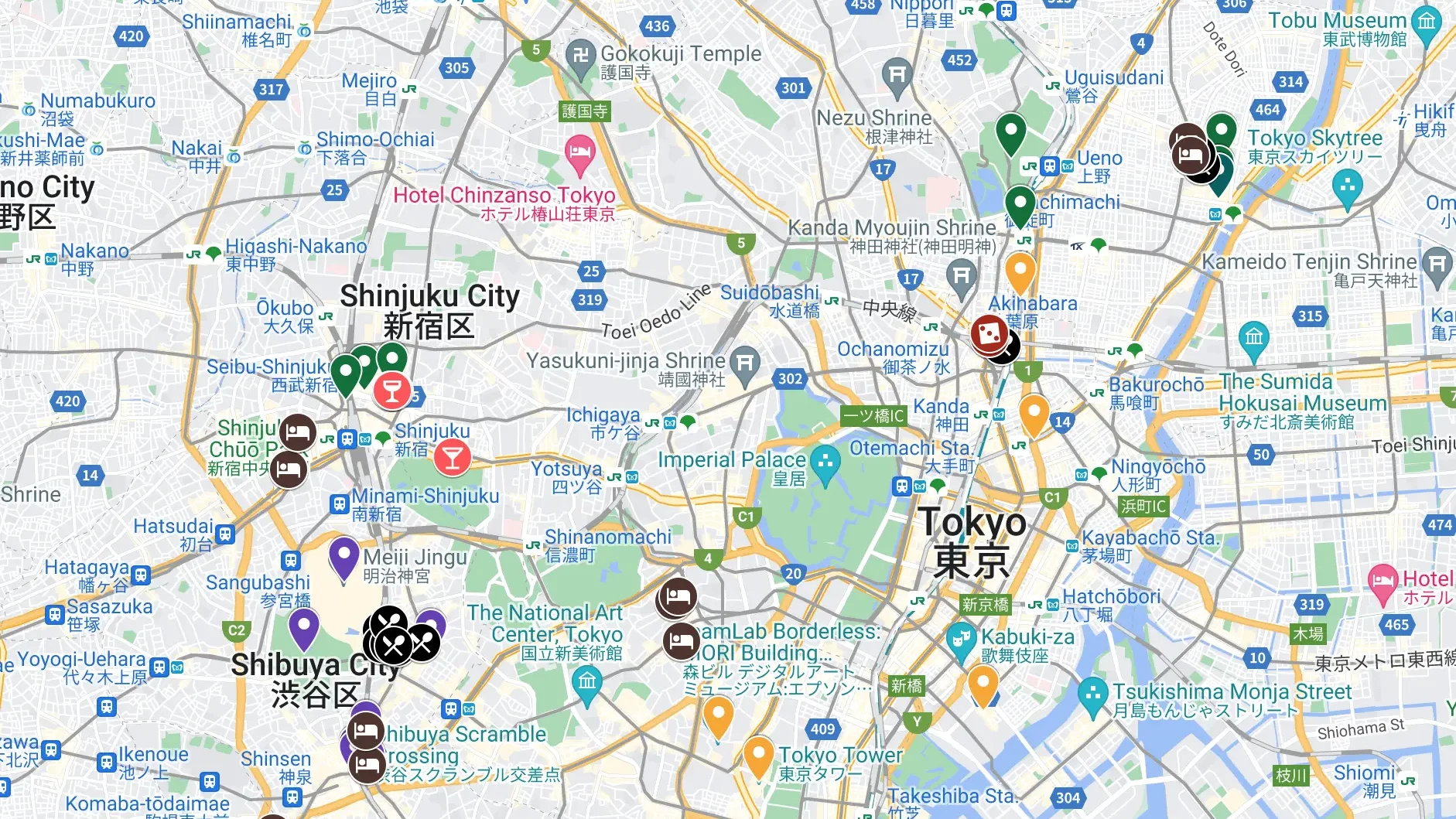
Affiliate disclaimer – Please note some of my links are affiliate links, if you make a purchase through this link I might make a small commission, at no extra cost you.
Is 3 Days Enough For Tokyo?
Tokyo is the world’s largest city, therefore it should come as no surprise that 3 days is not enough to see absolutely everything it has to offer. However, 3 days is enough time to have an amazing trip, make unforgettable memories, and get an insight into the incredible Japanese culture.
If you are in Tokyo for less than 3 days I also wrote a detailed itinerary for 1 day in Toyko.
Get insured before your trip to Tokyo, I highly recommend True Traveller (EU + UK citizens only) and World Nomads for US citizens.
*Medical expenses in Japan are 3 times the cost for tourists compared to locals.
You might also like my mini guide on Japan, with handy tips and must-know information.
Getting Around Tokyo
Tokyo is a dream to travel around, the subways are fast, frequent, clean and quiet!
You will be using the subway a lot during your time in Tokyo. You can purchase a 72 hour unlimited subway card prior to arriving which can be collected from ticket machines in all subway stations (including the airport).
Another option is to use a virtual Suica, PASMO, or ICOCA card. Just go to you Apple wallet, tap ‘+’, select travel card and search for Suica, PASMO, or ICOCA . You are then able to top it up and use.
What To Eat In Tokyo
If this is your first time in Japan your mind is about to be blown by the high standard and quality of food! Even the combinis (convenience stores like 7-11, Lawson and Family Mart) have restaurant-quality food. Combinis have delicious meals such as ramen, curry, sushi, onigiris, soups, and pasta. These, along with pot noodles can all be heated up and consumed in-store. Grocery stores also have a large ready-meal selection that tends to be cheaper than combinis.
Although I recommend trying the food in combinis you will no doubt be visiting many restaurants or izakayas (these are intimate local bars and restaurants). Street food culture is also thriving across Japan! Here are some of the foods I recommend you try over the course of this 3 day Tokyo itinerary:
- Yakitori ~ grilled meat skewers
- Tonkatsu ~ fried pork
- Tempura ~ battered and deep-fried fish and vegetables
- Ramen ~ thin wheat noodles
- Udon ~ thick noodles
- Sushi ~ raw fish and rice
- Sashimi ~ raw fish, no rice
- Onigiri ~ triangles of rice, typically stuffed with fish and wrapped in seaweed
- Okonomiyaki ~ savoury pancake
- Gyoza ~ dumplings usually stuffed with pork
- Mochi ~ rice cake usually filled with red bean paste
- Dango ~ skewered rice dumplings with sweet soy sauce
3 Day Tokyo Itinerary (Perfect for First Timers)
Day 1 – Shibuya + Harajuku
1. Meji Shrine + Yoyogi Park (2 hours)
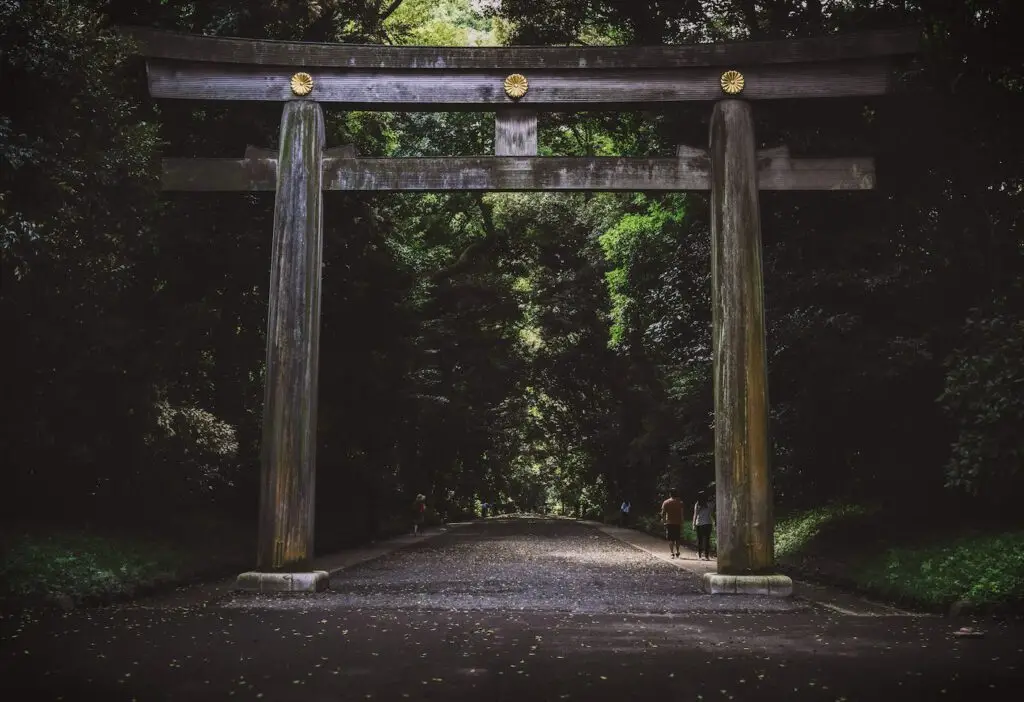
We are kicking off our 3 day Tokyo itinerary with a taste of traditional Japanese culture, immersing ourselves in a zen atmosphere, before we dive deep into the streets of Tokyo.
Meji Shrine is a large and spectacular shrine dedicated to Emperor Meiji and Empress Shoken. The surrounding areas are tranquil, at times it’s easy to forget that you are in the middle of Tokyo and not a forest. Not surprising, considering there are 12,000 trees. If you’re lucky you might witness a wedding procession, due to its beauty it is a popular spot for wedding photos.
This temple guide by Japan Guide explains what to do when visiting a temple in Japan.
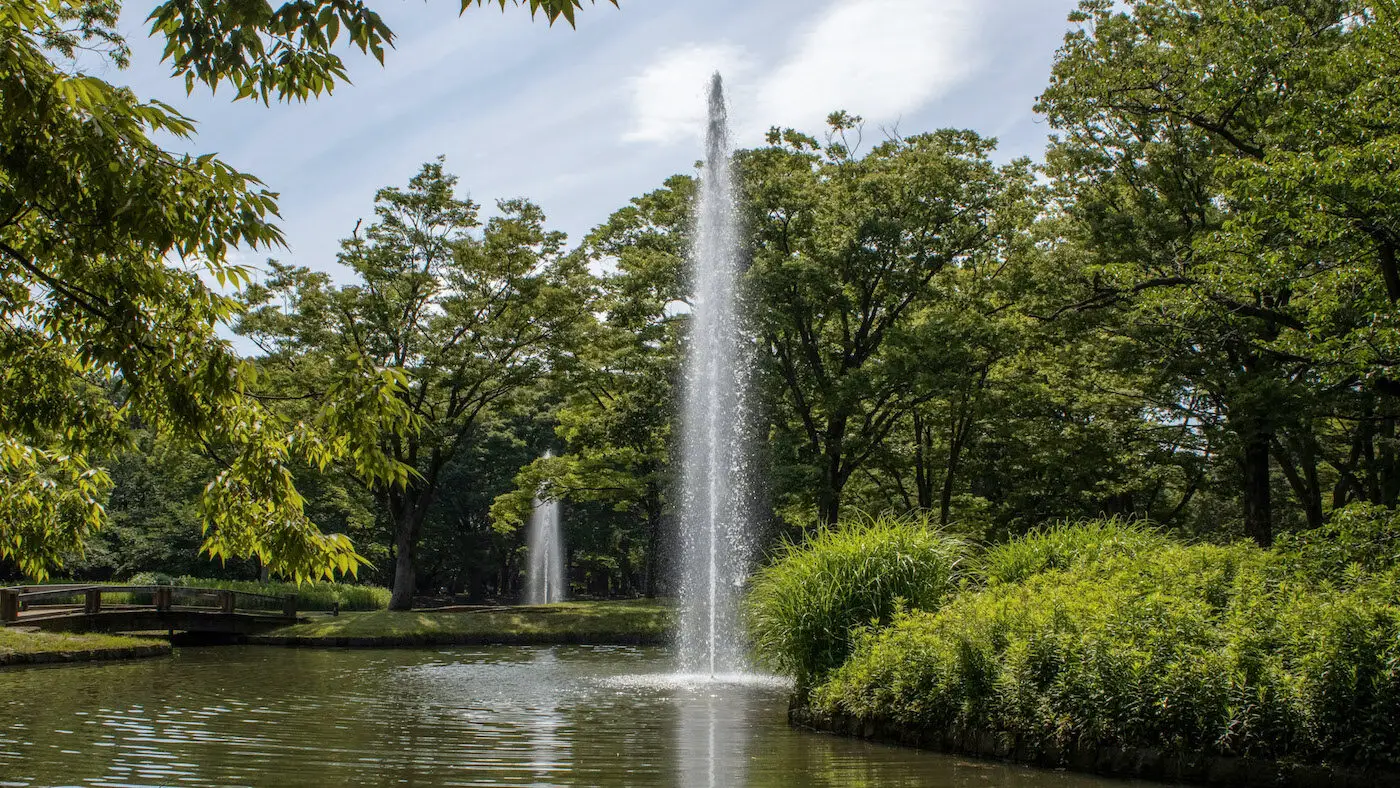
Once you have visited the shrine, next up is the serene and green oasis of Yoyogi Park, one of Tokyo’s largest parks (the largest is Showa Kinen Park, in case you’re wondering). While it’s a wonderful place to visit throughout the year, the park is especially stunning during cherry blossom season and autumn.
Have you worked up an appetite yet?
2. Harajuku (3 hours)
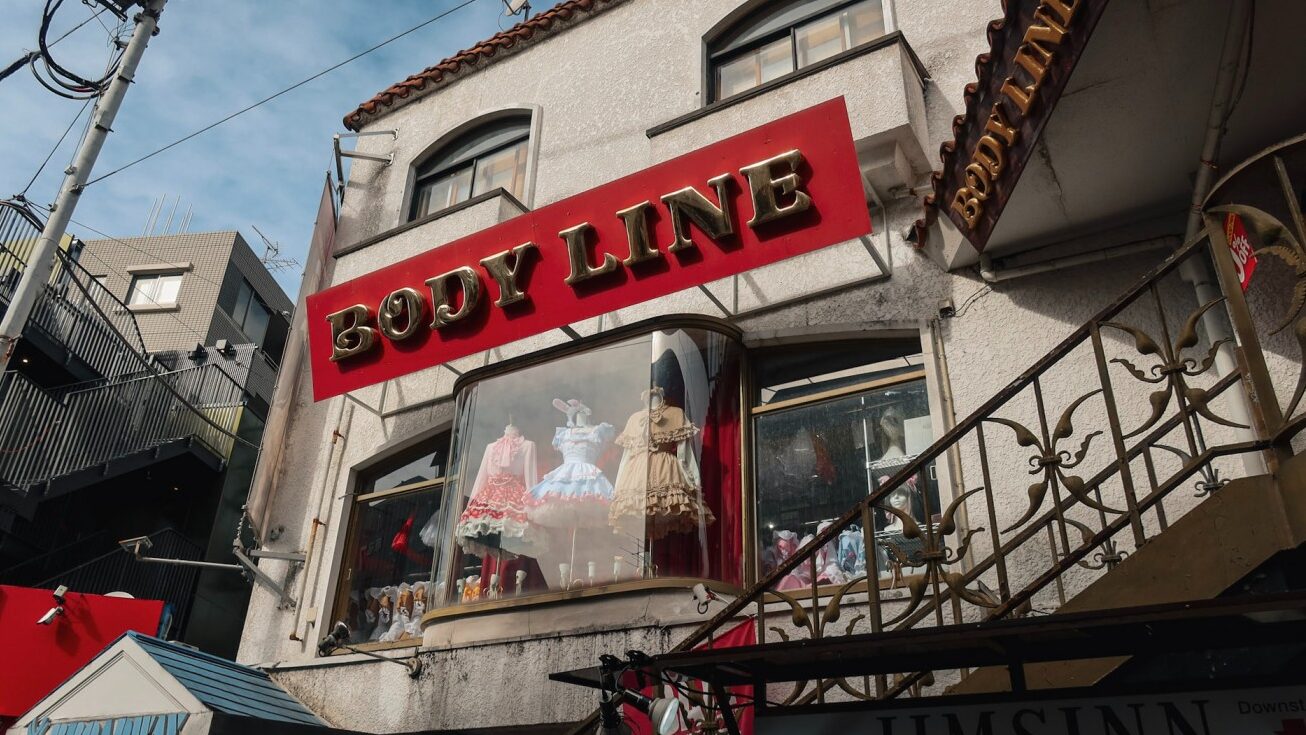
After all that walking around Meiji Shrine and Yoyogi Park, it’s time to refuel! And what better way than with the cute and colourful street food and super kawaii cafes of Harajuku?
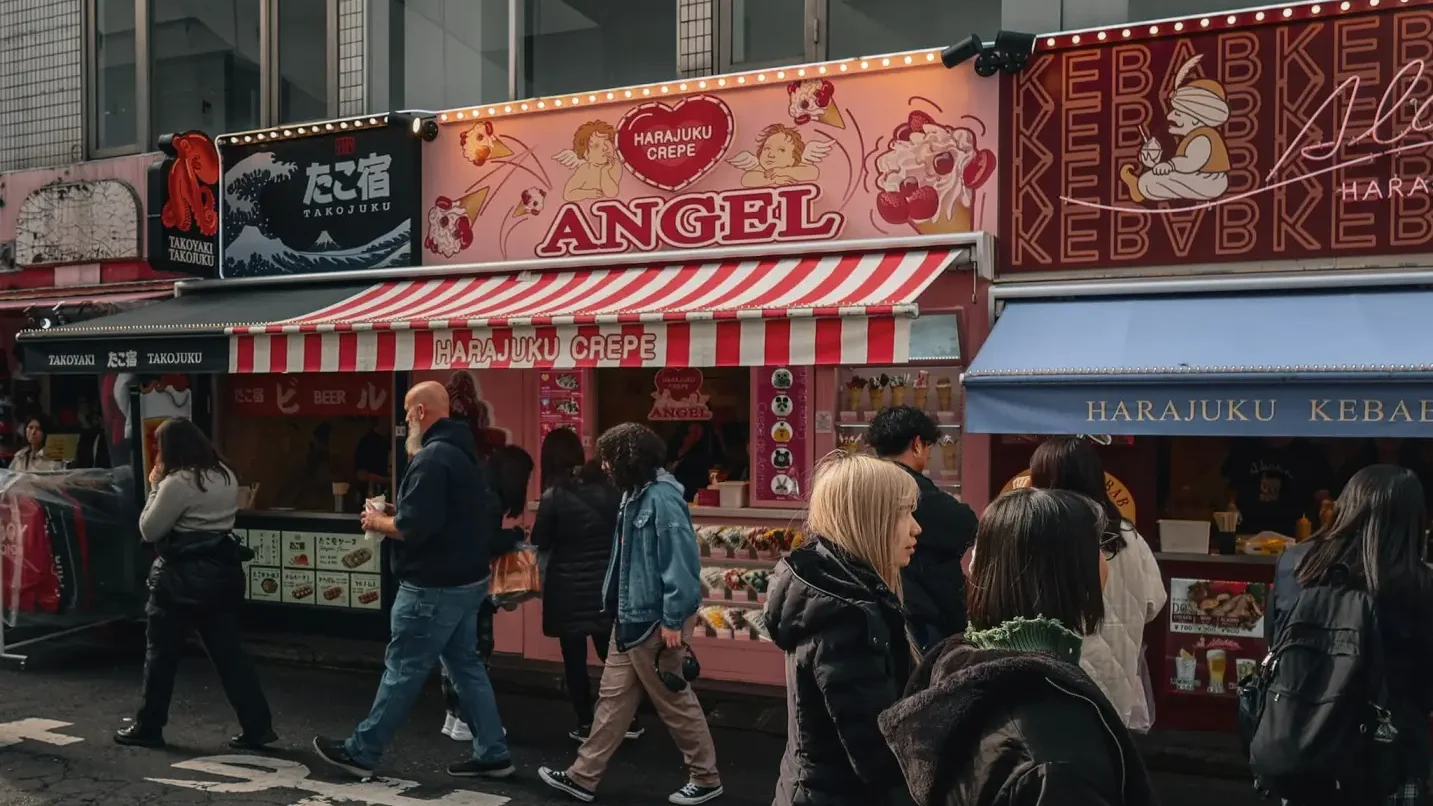
Living up to its reputation as the birthplace of kawaii culture, everything in Harajuku embraces an adorably quirky aesthetic. Walking down Takeshita-dori shopping street is a burst of cuteness, with shops selling eccentric outfits including tutus and corsets, shoes with spikes, hearts and symbols, dainty girly accessories, and of course, the cafes and street food!
Where to eat in Harajuku
- Long, Longer, Longest: yes, size does matter (who lied to you?) especially here. Specialising in 52cm potato chips (crisps) on a stick, called tunnel fries. YOu can also get a long churro and corn dog.
- Marion Crepes: this is Japan’s oldest crepe shop, founded in 1976. The flavours are vast with classics such as Nutella and strawberries or the not-so-classic curry.
- Peanuts Cafe: Snoopy-themed cafe with cute drinks and food.
- Strawberry Fetish: do all the things you’ve ever wanted to strawberries, dip them in sugar, cover them in chocolate and put them on a stick.
- Foodies Korea: Korean fried chicken that is so delicious we visited twice! You can also get K-Dogs.
- Cafe Reissue: this cafe will make 3D art of ANY picture you give them. It is so cute!
- Anakuma Cafe: get served delicious coffee by a bear through a hole in the wall.
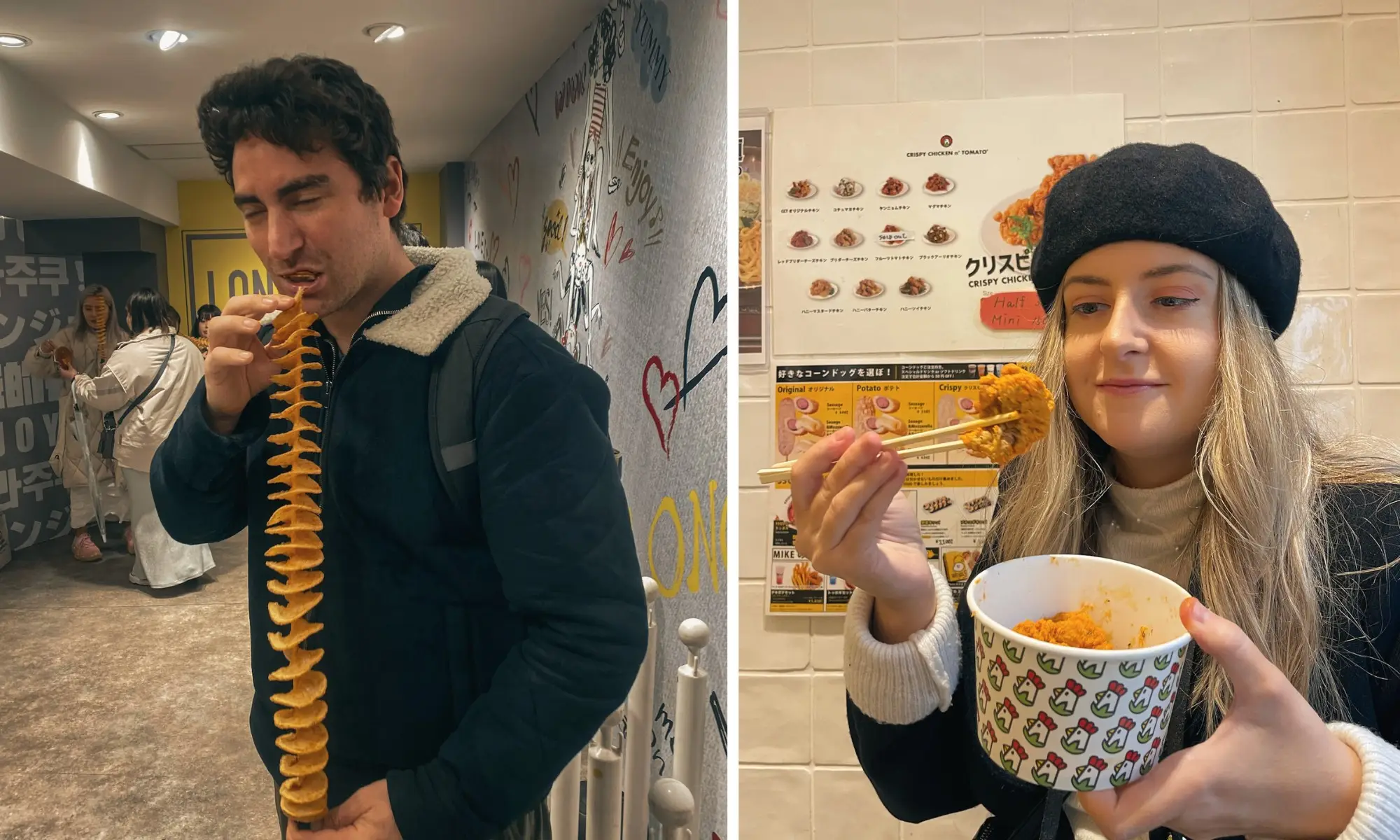
Animal Cafes: As someone passionate about animal rights, I believe it is our responsibility as humans to give them the best possible life. Japan has many exotic animal cafes that do not prioritise the welfare of its animals. You will see many of these cafes in Harajuku (otter, owl, mini pigs). Please do not go to them.
Before I was educated on these cafes I went to miPig cafe, you can read about my experience here and why I will NEVER go again. Let’s make sure our travel choices support the well-being of animals, not their exploitation.
Related: The Truth About Japan’s Micro Pig Cafes – Not The Squeal Deal
Other things to do in Harajuku
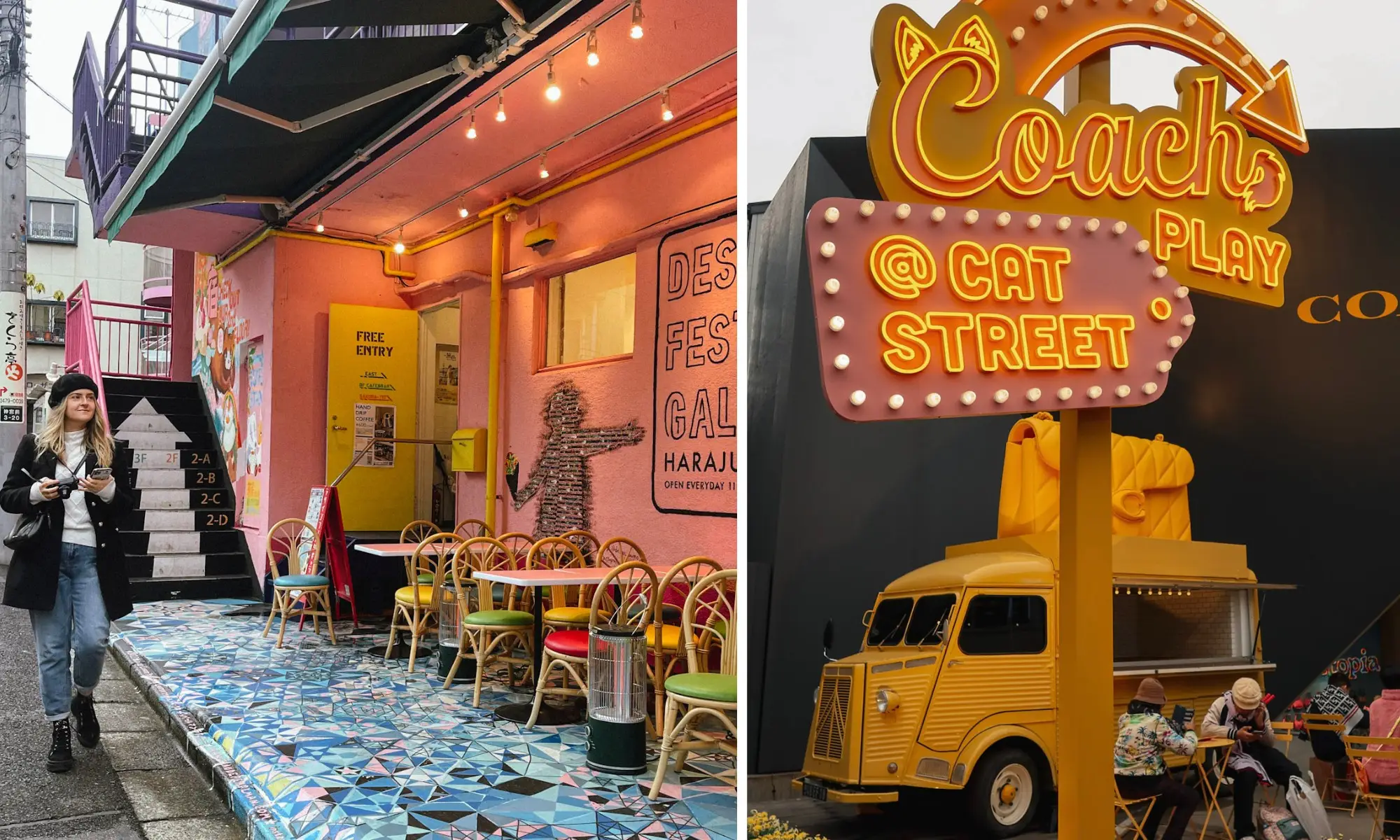
Cat Street: the pedestrianised street between Harajuku and Shibuya
Shopping: The main shopping areas in Harajuku are Takeshita Street and Cat Street.
Design Festa Gallery: This art house hosts local artists, and there are many murals around the buildings.
Ninja Experience Cafe: Dress up and learn how to move like a ninja! Food is included.
3. Miyashita Park Rooftop (30 minutes)
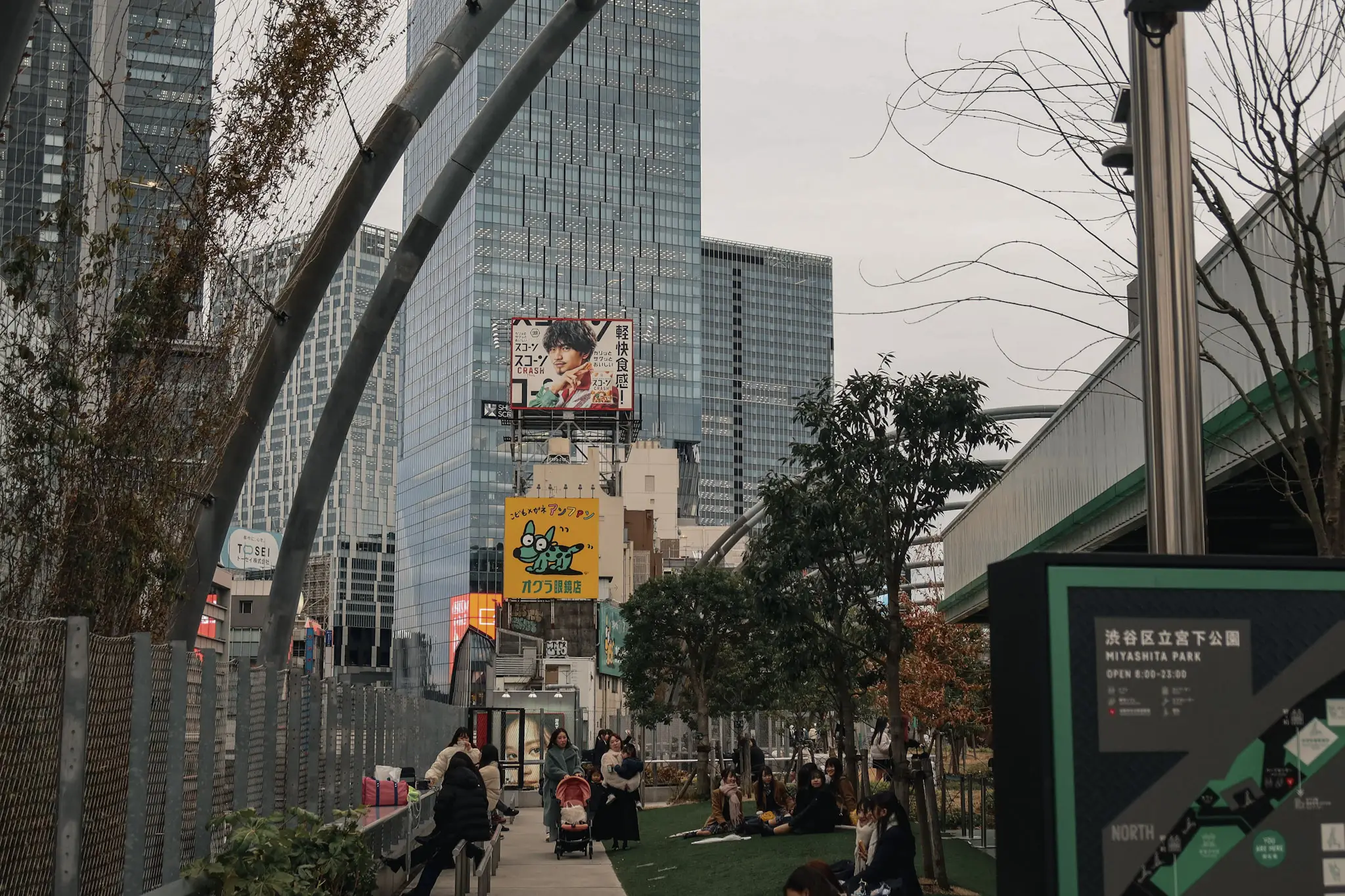
Miyashita Park is a renovated building that houses boutiques and high-end stores, although the main attraction is a rooftop park. This large, open-air space has cool views, relaxing seating, a Starbucks, and a few food stalls. It’s a perfect place to take in the panorama and chill out for a few minutes before diving into the bustling Shibuya Crossing.
Related: 1 Day In Tokyo Itinerary
4. Shibuya Crossing (30 minutes)
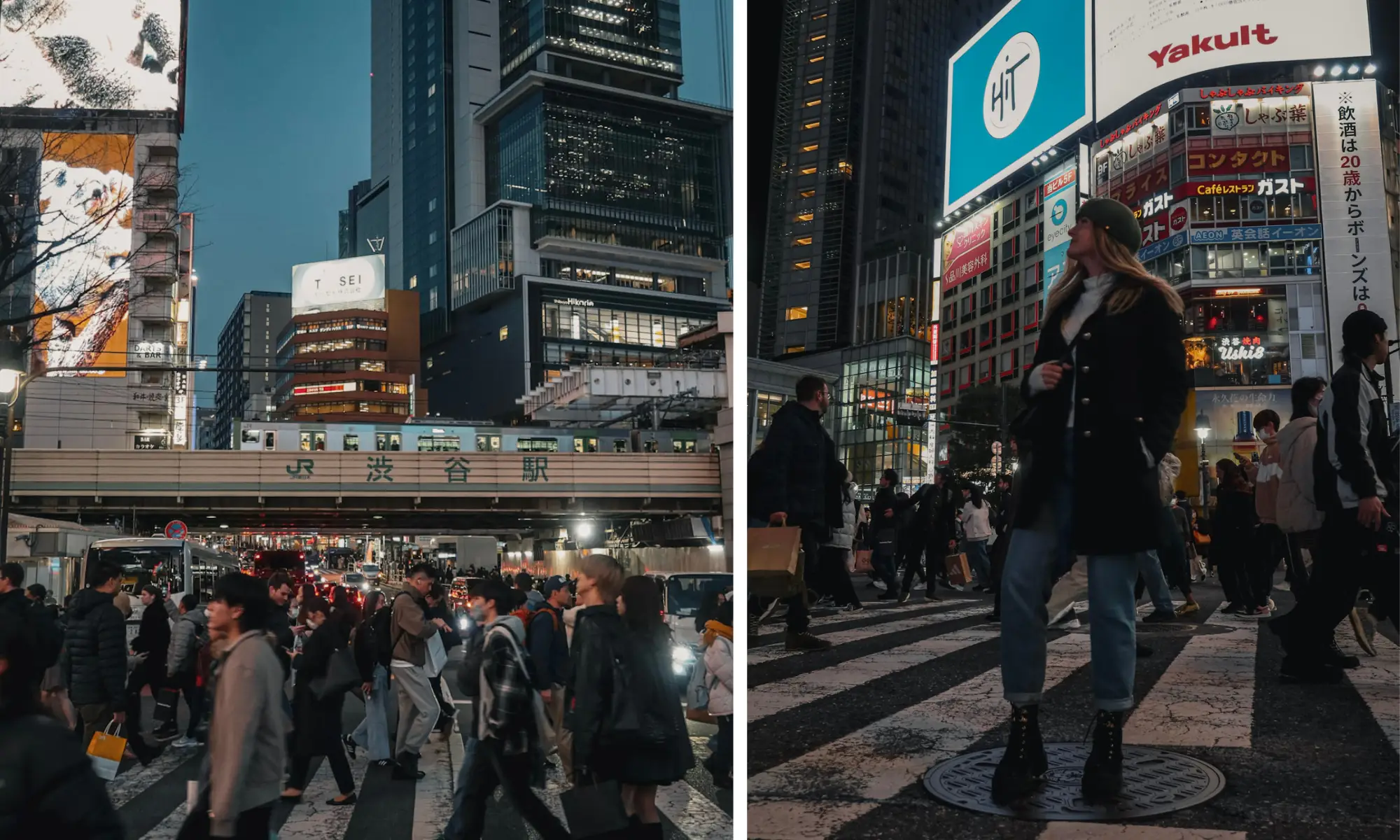
Shibuya is the lively modern heart of Tokyo city. It is glamorous, trendy, colourful, and bursting with energy. There is an abundance of shops, eateries, bars and clubs.
Did you know that Shibuya crossing is the busiest crossing in the world, with an estimated 1,200 people crossing it every 2 minutes? It is fascinating to see the sheer volume of people that manage to gather every 80 seconds (the crossing interval for pedestrians). It is fun and surreal to cross here, many tourists even run across it multiple times to capture photos.
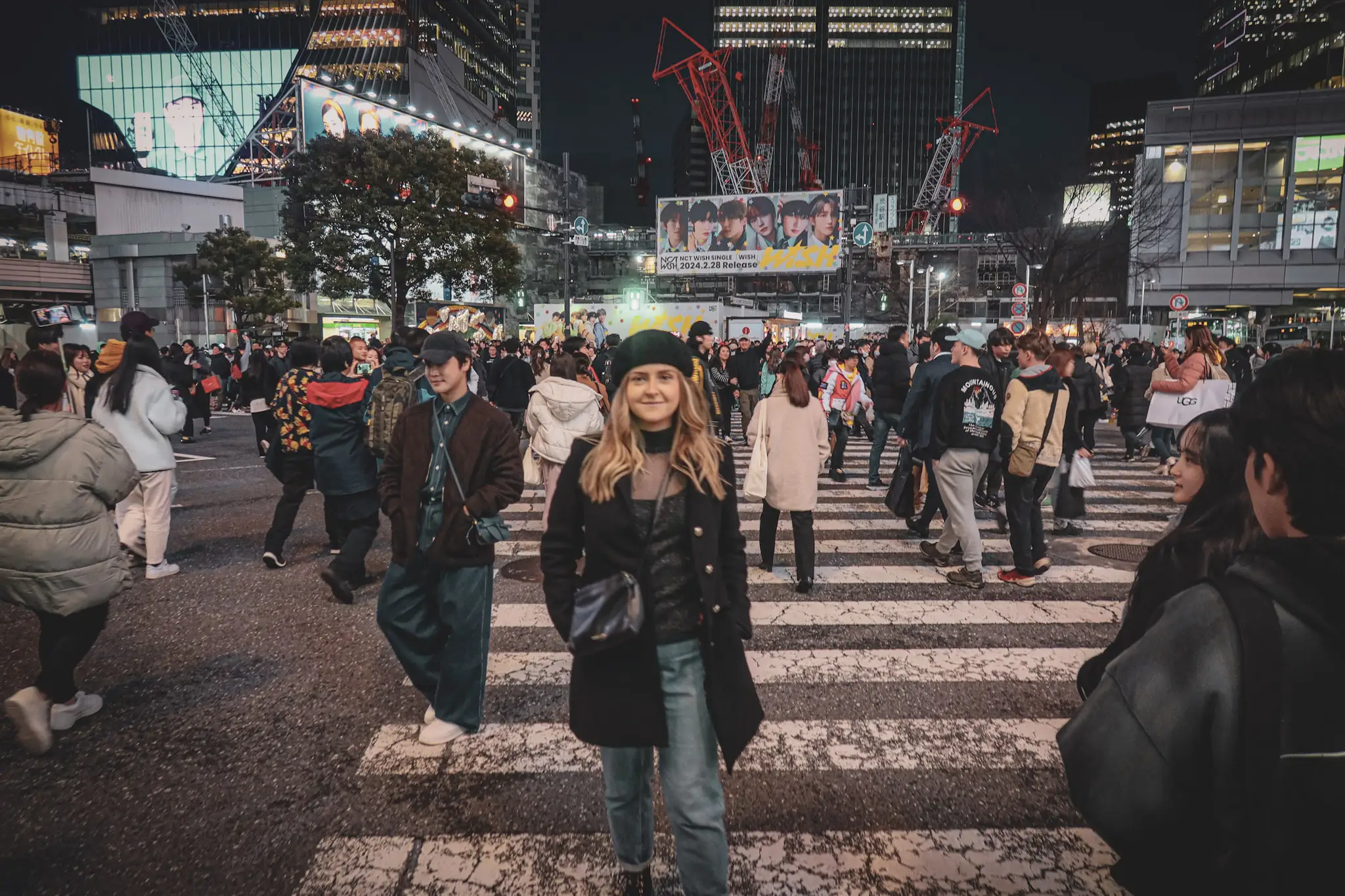
I recommend going to Mag’s Park Rooftop Bar for the ultimate view of the Shibuya crossing. They offer a small outdoor platform for open-air views. But my favourite spot is indoors, in a cosy corner nook with a perfect view of the crossing from all sides! The atmosphere is relaxed and not as busy as I expected with an entrance fee of ¥1,500 that includes a drink (alcoholic or non-alcoholic).
For those who prefer a caffeine fix, there’s a futuristic Starbucks across the street, also boasting incredible views of the crossing. However you choose to see it, this will be one of the most unforgettable experiences of this 3 day Tokyo itinerary.
5. Hachiko Statue (5 minutes)
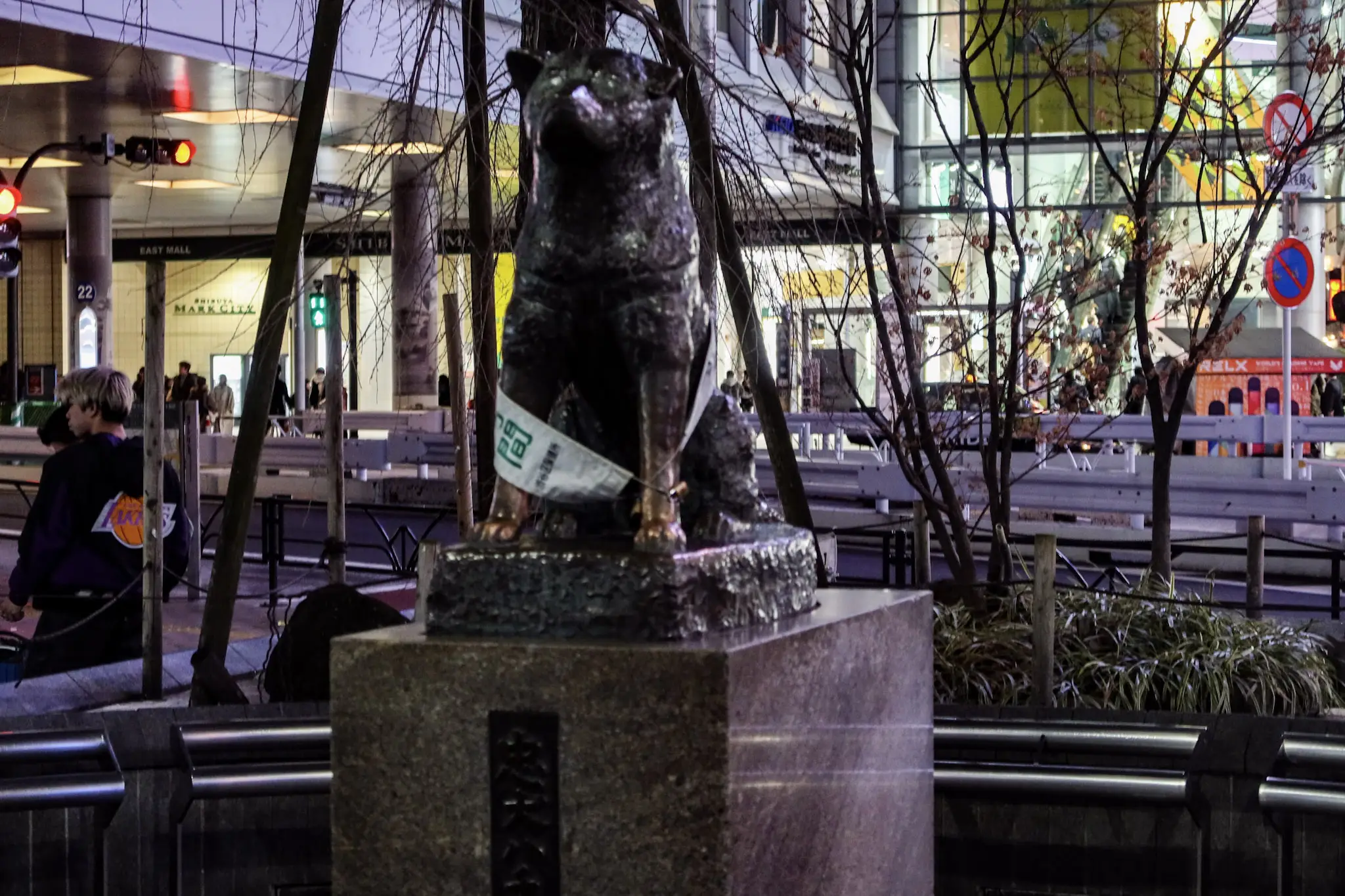
Ready for a tear-jerker? The story goes that Hachiko, an Akita dog, met his owner every day after work at Shibuya station. Sadly, his owner eventually passed away and what occurred next is so touching. For the next decade, Hachiko faithfully arrived at the station every day, waiting for his owner who would never return.
This statue represents loyalty and serves as a popular meeting point for locals. It is located a few metres from the crossing so make sure to check it out.
7. Shibuya Sky for sunset or at night (1 hour)
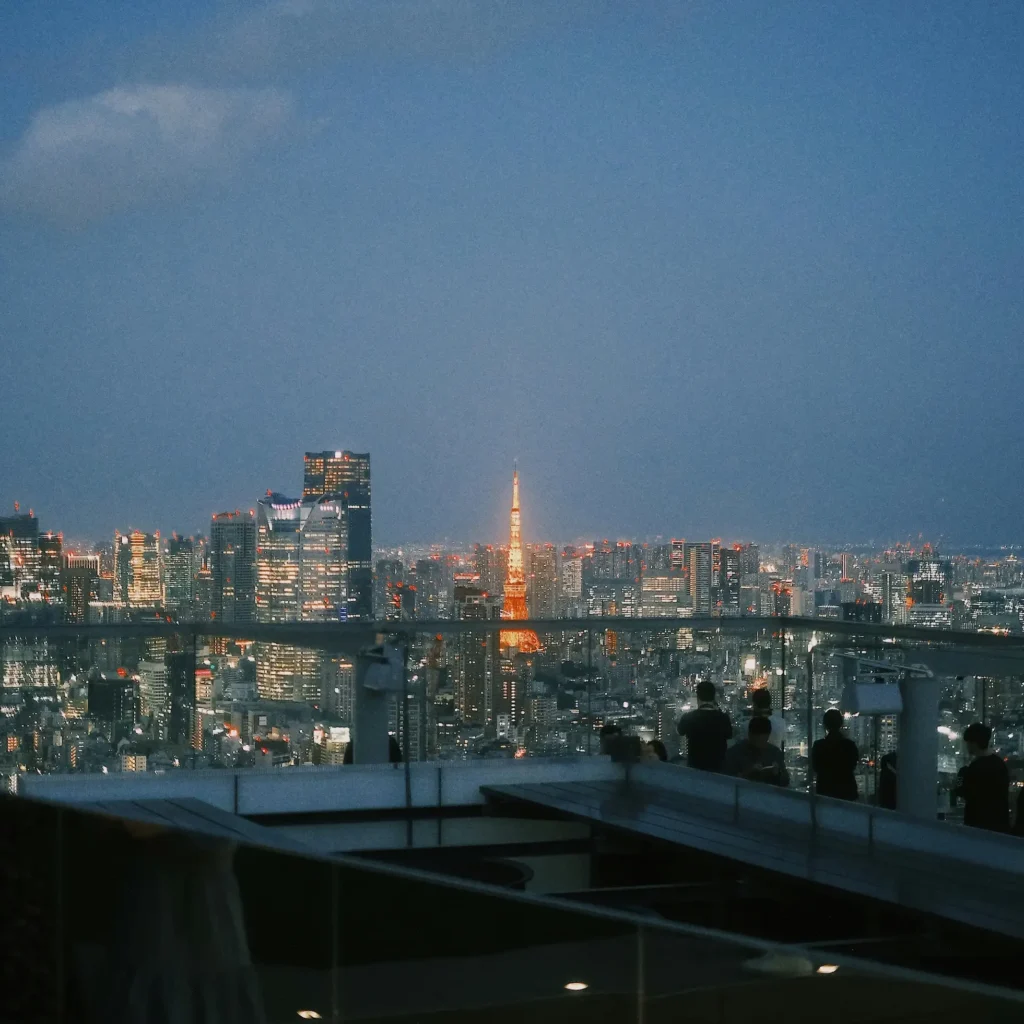
As one of Tokyo’s tallest buildings, Shibuya Sky has a reputation as one of the BEST views of the city, this wouldn’t be a complete 3 day Tokyo itinerary without a visit here. On a clear day, you can even see Mount Fuji!
The building is 229 meters (751 feet) high, and on the 47th floor is a large open-air observation deck.
I advise you to book tickets a few weeks in advance to avoid disappointment. Tickets, particularly for sunset and nighttime views, are highly popular and tend to sell out quickly.
If you book tickets via Klook you will receive a small discount.
8. Mario Kart (1 hour)
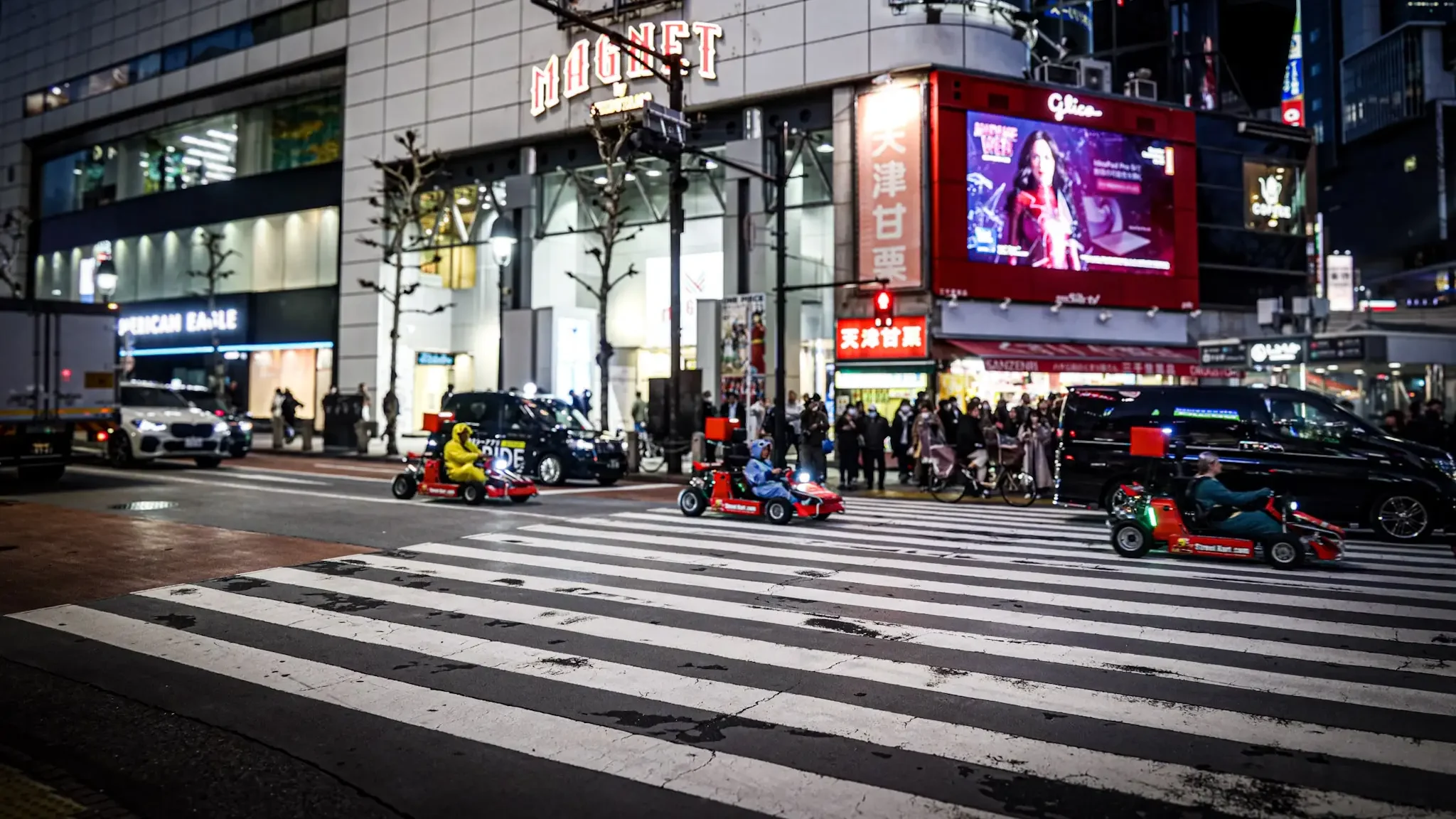
This is the ultimate Tokyo activity and is guaranteed to inject some excitement into your night!
Experience driving a real-life Mario Kart through some of Tokyo’s most iconic streets at speeds of up to 60 km/hr. You can even get dressed up in a onesie to add to the fun!
Tours differ regarding what area of Tokyo you drive around, different areas include Shibuya, Akihabara and Asakusa.
You must be 18+ with an international driver’s licence to partake in this activity.
Need an international driver’s licence? You can easily apply online here.
Related: 23 Ways To Save Money In Japan
Day 2 – Asakusa + Ueno + Shinjuku
1. Senso-ji Shrine (3 hours)
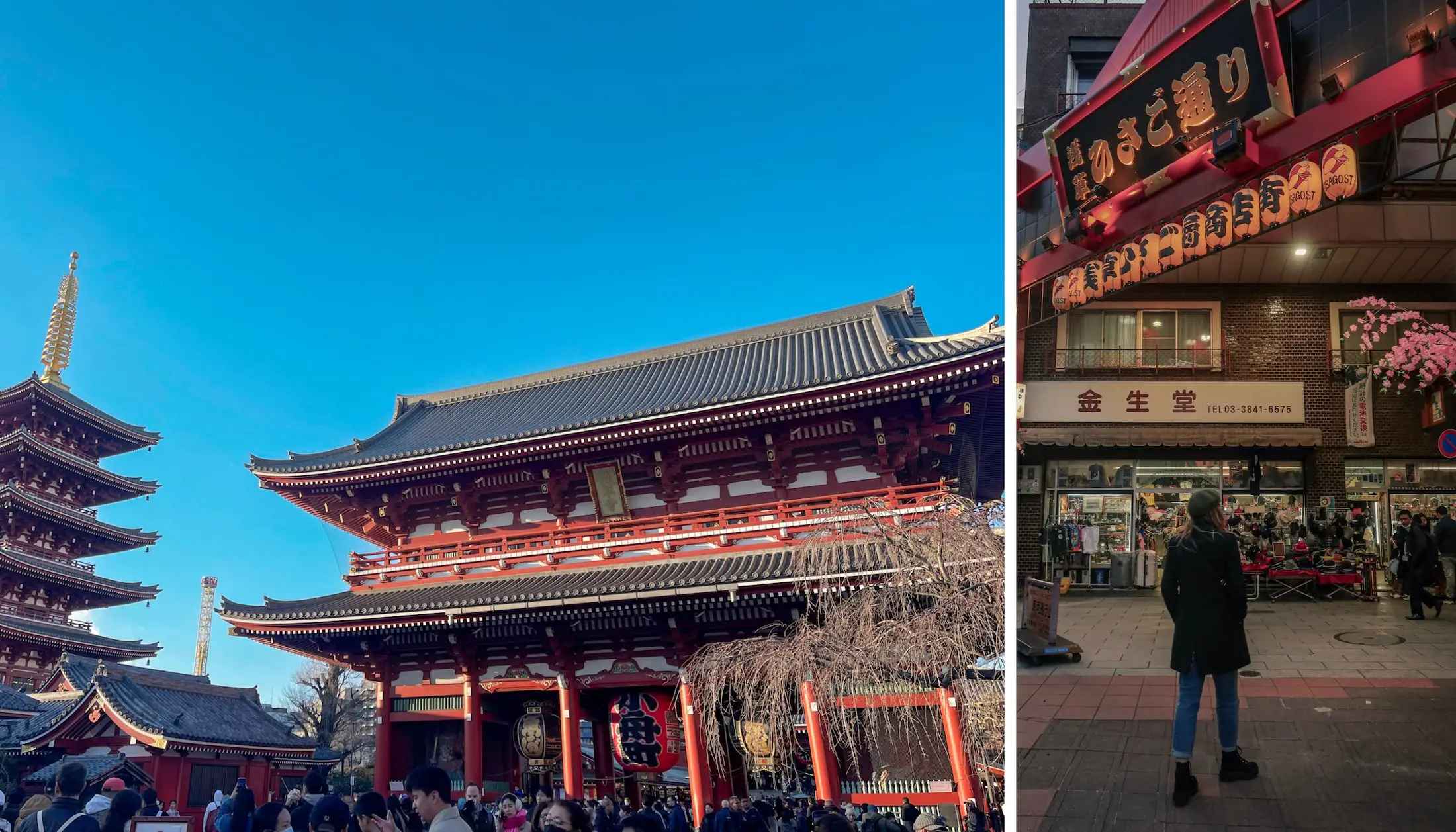
Starting day 2 of this 3 day Tokyo itinerary with a taste of culture! Asakusa is Tokyo’s old town, offering a glimpse into old Tokyo. Unlike the modern skyscrapers of Shibuya, Asakusa is filled with temples, traditional markets, local shops, and izakayas (Japanese pubs).
Senso-ji Shrine is the number one attraction to visit in Asakusa. As Tokyo’s oldest temple, it is a culturally significant landmark that belongs on every first-timer’s visit to Tokyo. It is a tradition to throw a 5-yen coin into the collection box, bow, and offer a prayer.
Along with the temple, you’ll find a stunning 5 story pagoda and impressive large gates. Both are beautiful and perfect for snapping a few photos.
Things to do in Asakusa
- Rent a kimono to explore senso-ji grounds
- Nakamise-dori: you cannot miss this 250-metre shopping street located between the Kaminarimon and Hozomon Gate. It is perfect for picking up souvenirs and indulging in some sweet treats.
- Asakusa Culture Tourist Information Center: go to the 8th floor for a breathtaking free view of Senso-ji and the surrounding area.
- Rickshaw Ride: you will notice some very strong (albeit also likely tired) looking men in traditional Japanese clothing pulling tourists along on a rickshaw. It is completely manual, they do this by foot and by the grace of stealthy thighs! You can get a 30-minute to 90-minute tour of Asakusa.
- Chaya Tabanenoshi: this viral creperie is famous for its signature creme brulee matcha crepe. The batter is light but the filling is creamy, rich and not too sweet.
- Komugi no Dorei: the curry pan here is insane! A curry pan is a crispy doughnut stuffed with curry. Ah, so good!
- Shin-Nakamise Shopping Street: you will find lots of eateries here along with more shops.
3. Ueno Park – swan boat (2 hour)
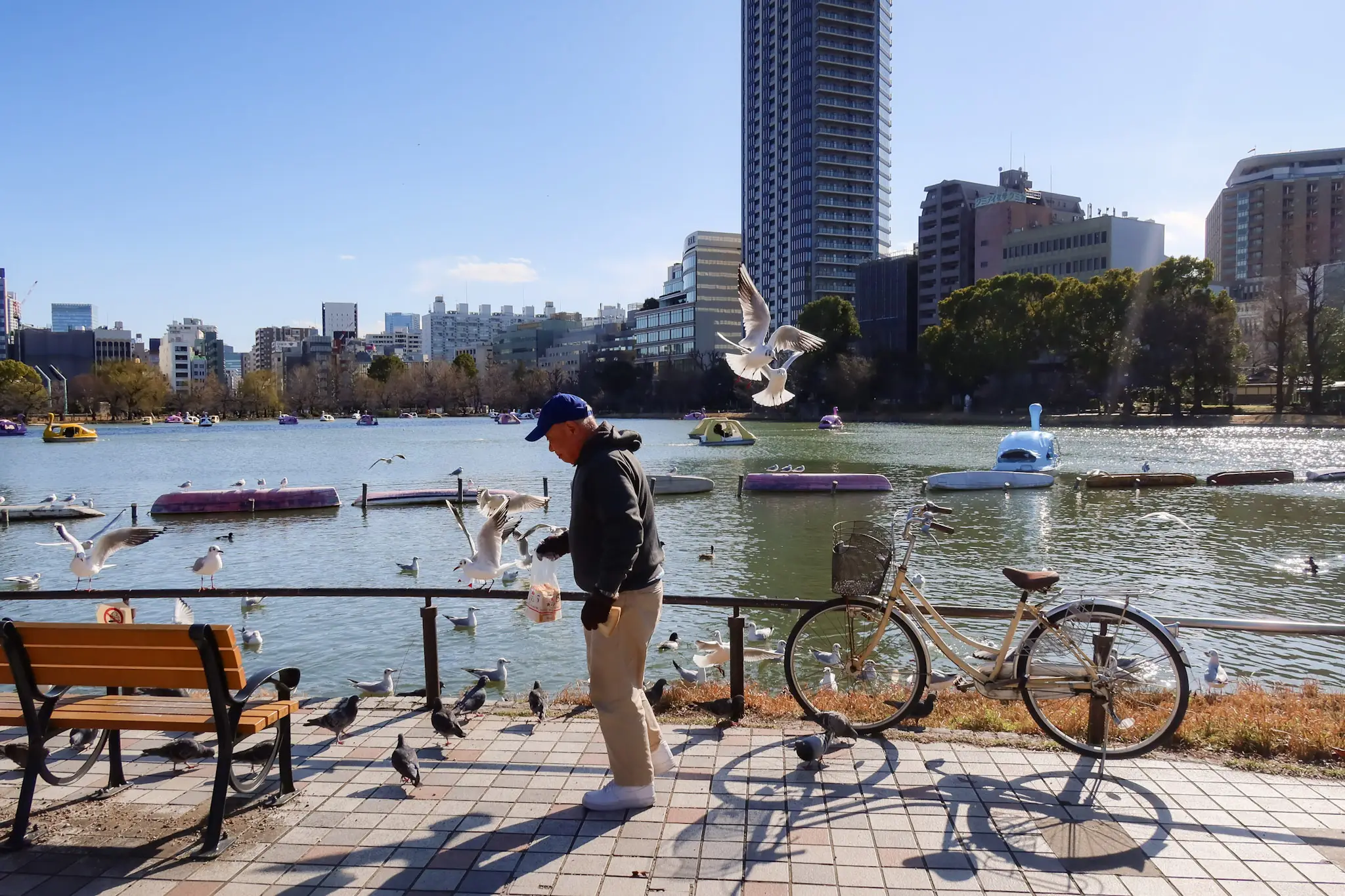
The next part of the day will be spent in Ueno Park, a large green space with a pond, zoo, temple and many museums. While there’s a zoo and numerous museums in Ueno Park, exploring them all would take a significant amount of time, leaving less for other areas of Tokyo.
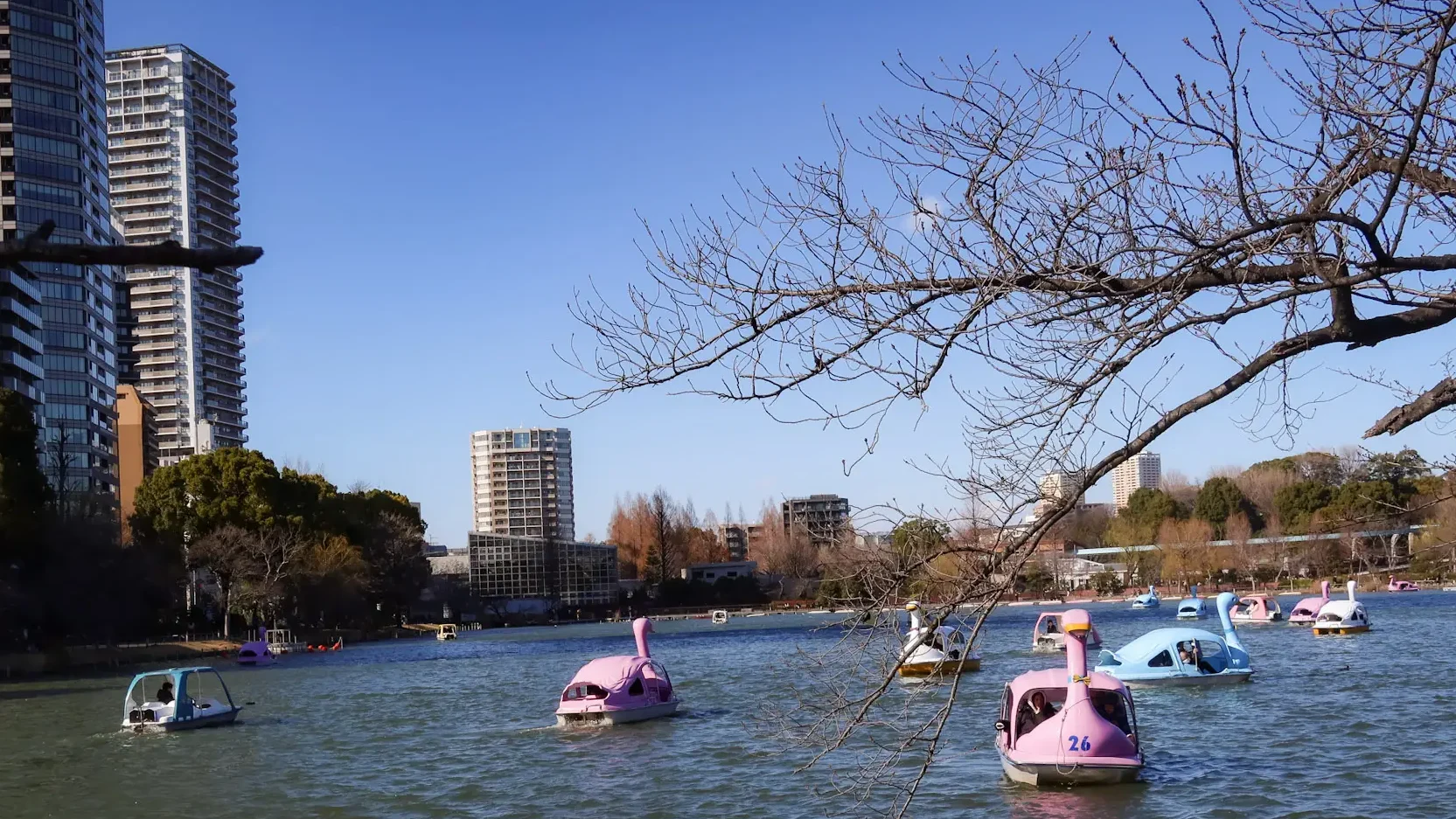
I highly recommend renting a swan boat for something fun to do but if that’s not your vibe then here are a few other parts of Ueno Park to check:
- Kan’eiji Temple complex
- Hanazono Inari Shrine (have your own fushimi inari moment)
- Ueno Toshogu Shrine
- Tokyo National Museum
- National Museum of Nature & Science
Related: Hiking Fushimi Inari-Taisha
4. Ameyoko Shopping District (2 hours)
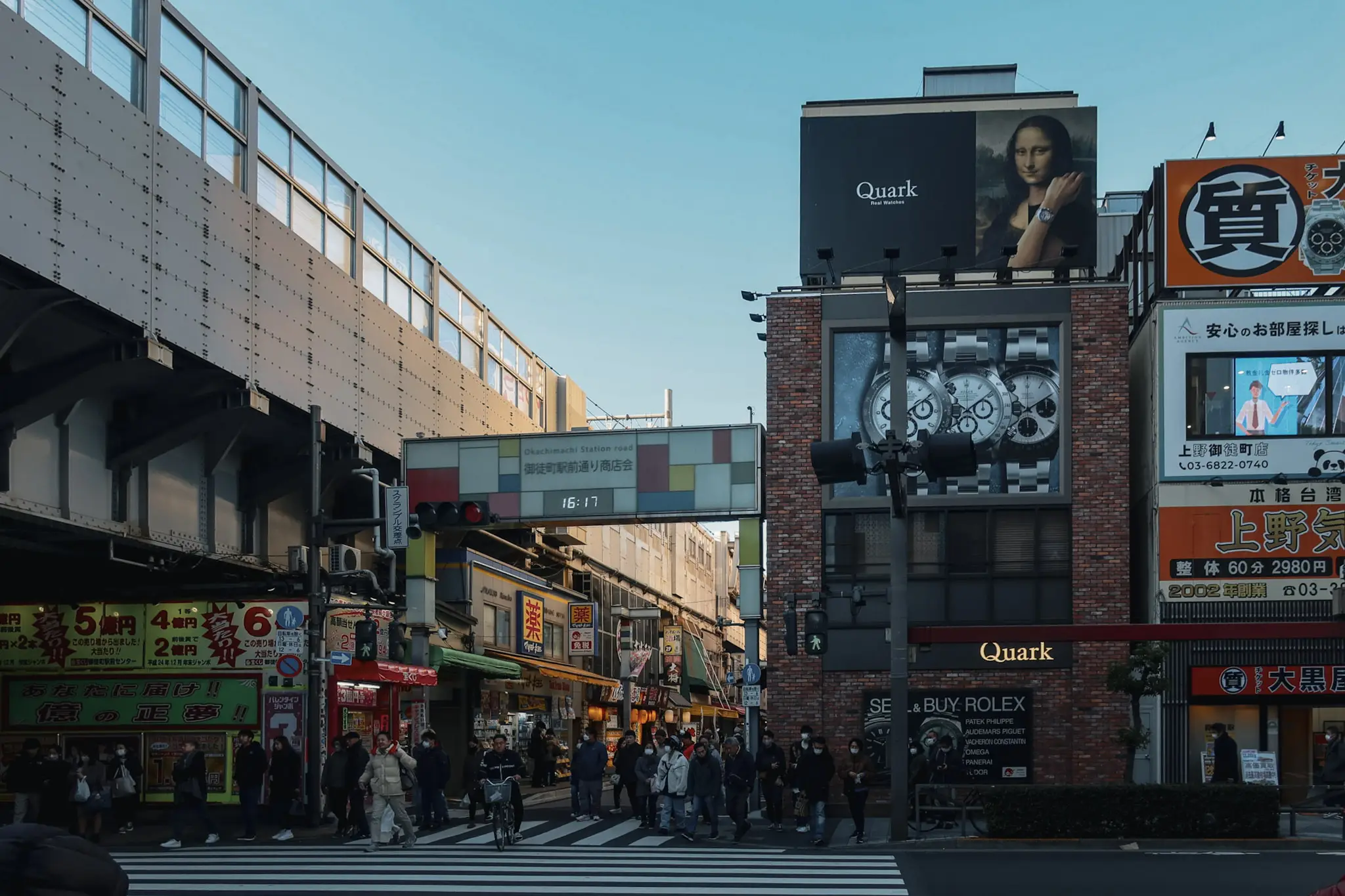
Located under the elevated railway tracks between Ueno and Okachimachi station is Ameyoko Shopping District, also known as Candy Alley. Post-Word War II it was a black market selling candy, due to sugar being rationed, making it became a popular place for locals to get their sweet fix.
Today, Ameyoko has transformed into a mammoth shopping district, offering a wide variety of goods including clothes, shoes, electronics, hardware, souvenirs, and of course, a lot of street food! Ameyoko is one of the best places to purchase souvenirs in the 3 day Tokyo itinerary. Polite (and respectful) negotiation is perfectly acceptable in Ameyoko.
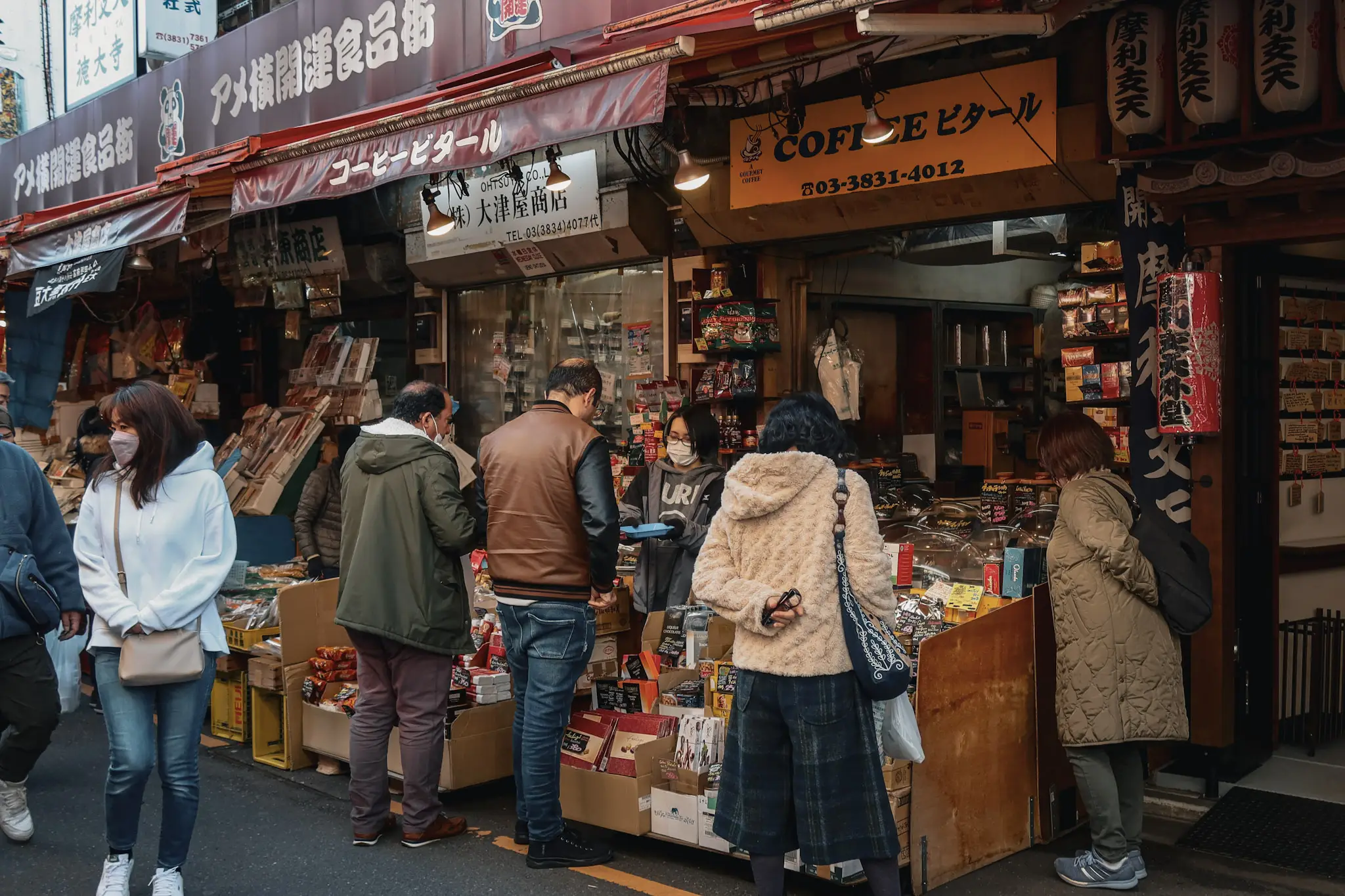
Walking through this market is an exciting and chaotic experience. It can become very busy, especially during the weekend.
In terms of food, you will find fresh fruit and vegetables, packaged meat, restaurants and street vendors with mostly Japanese cuisine. While we couldn’t resist the Middle Eastern flavours and indulged in an insanely flavorful and spicy Turkish kebab and falafel wrap, other international options seem to be limited.
6. Golden Gai + Omoide Yokocho
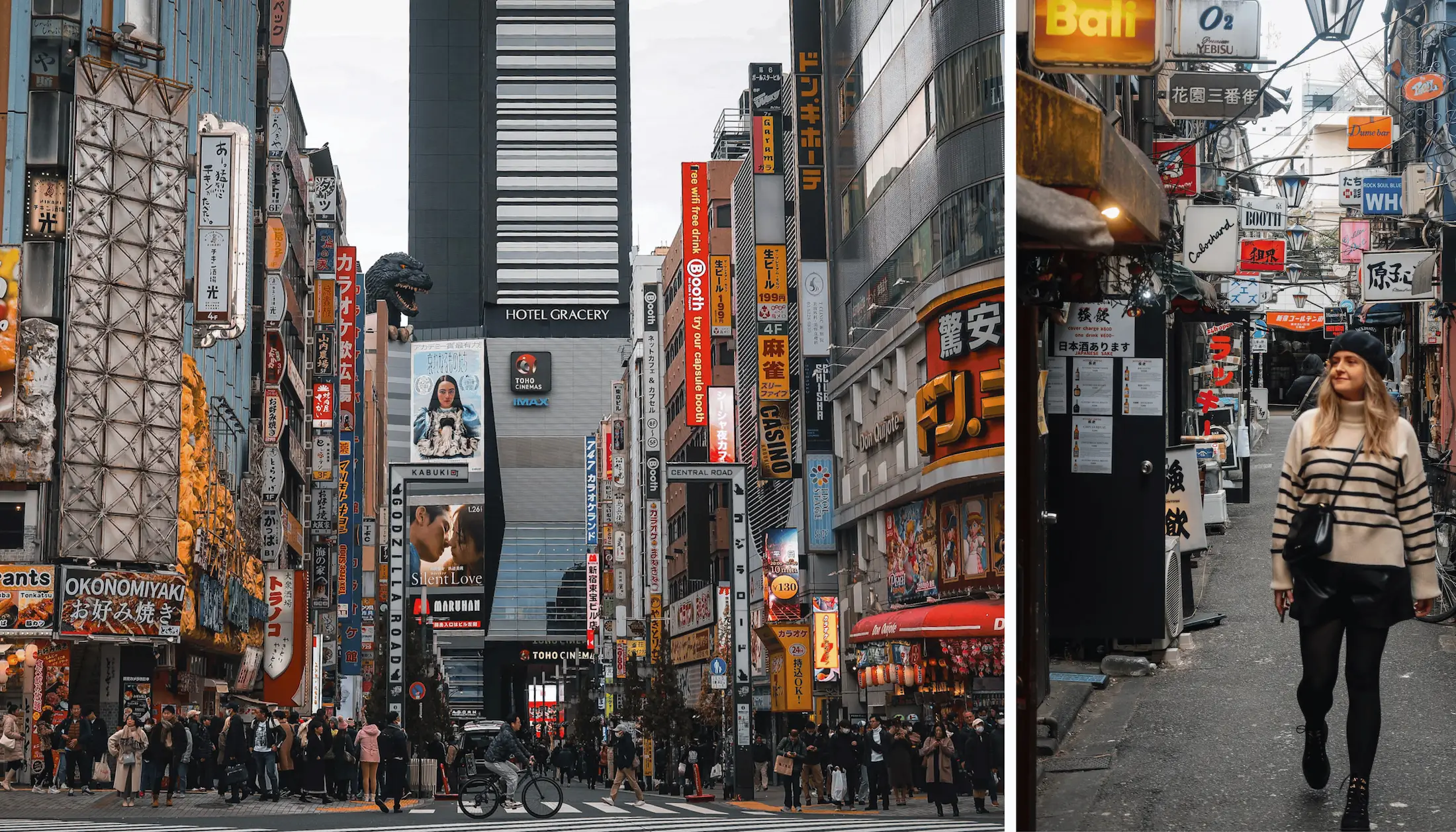
After the bustling market, you’ll probably be ready to wind down. And what better way to do that than with a refreshing highball in hand?
Shinjuku, Tokyo’s second largest entertainment district (behind Shibuya), is the perfect place for this. Along with clubs, Shinjuku has two very famous alleys packed with izakayas; Golden Gai + Omoide Yokocho. Both alleys date back to World War II
– Omoide Yokocho
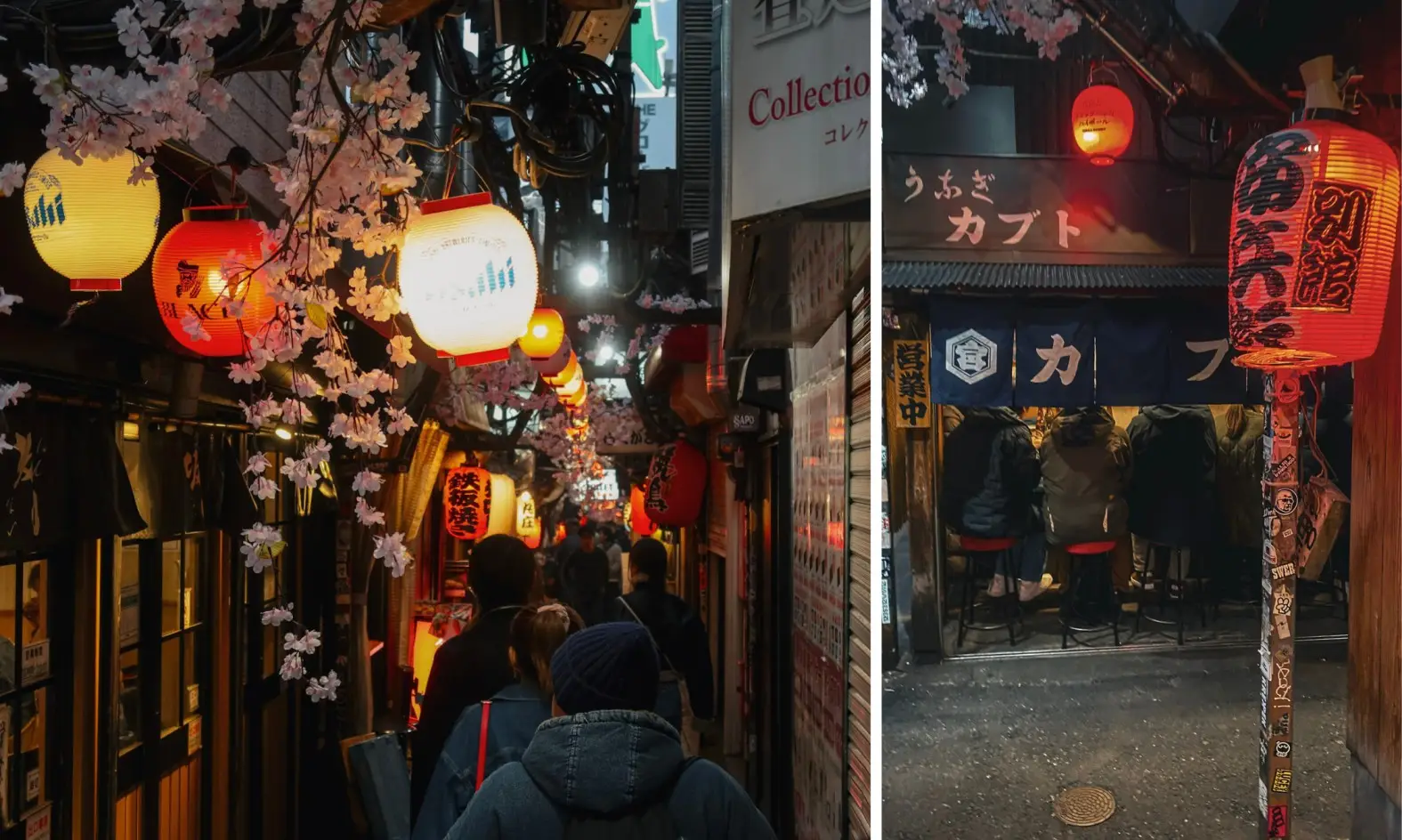
Nicknamed “Piss Alley” due to it once having zero restrooms so patrons would relieve themselves in the street, creating an unpleasant aroma of….well you know! Do not worry, that unsavoury scent is long gone. Today, the enticing scents of yakitori fill the alleys!
Omoide Yokocho has two narrow alleyways crammed with around 60 tiny bars, mostly specializing in yakitori! With so many options and the constant buzz, it’s best to grab a seat wherever you find one! Despite the intimate setting, Omoide Yokocho is tourist-friendly. The staff are welcoming, and many even have English menus, so don’t be intimidated!
– Golden Gai
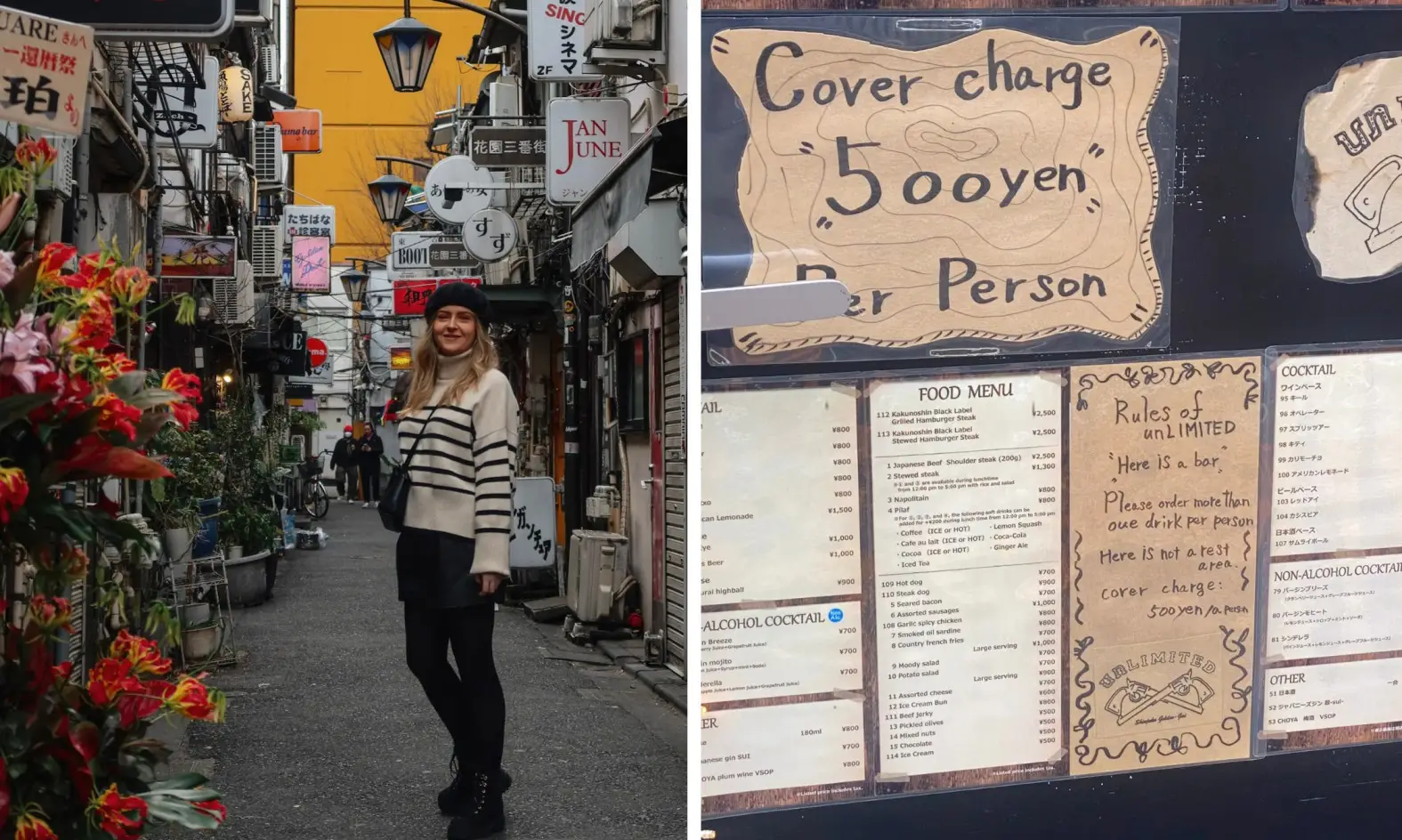
Next up is exploring Golden Gai’s six narrow alleys. Along these darkened alleys are an estimated 200 thematic bars and restaurants, all of which are mismatched and do not physically look the same. Be prepared for an intimate experience! These tiny bars typically seat only 6-8 people, which can feel a bit intimidating at first, especially for those with social anxiety.
However, it’s a fantastic way to meet other travellers and locals. While many bar owners speak English, if you find yourself in a spot that doesn’t, they’ll do their best to understand you. Keep an eye out for any English on the doors (hours, menus, etc.) – this usually indicates they welcome non-Japanese speaking guests.
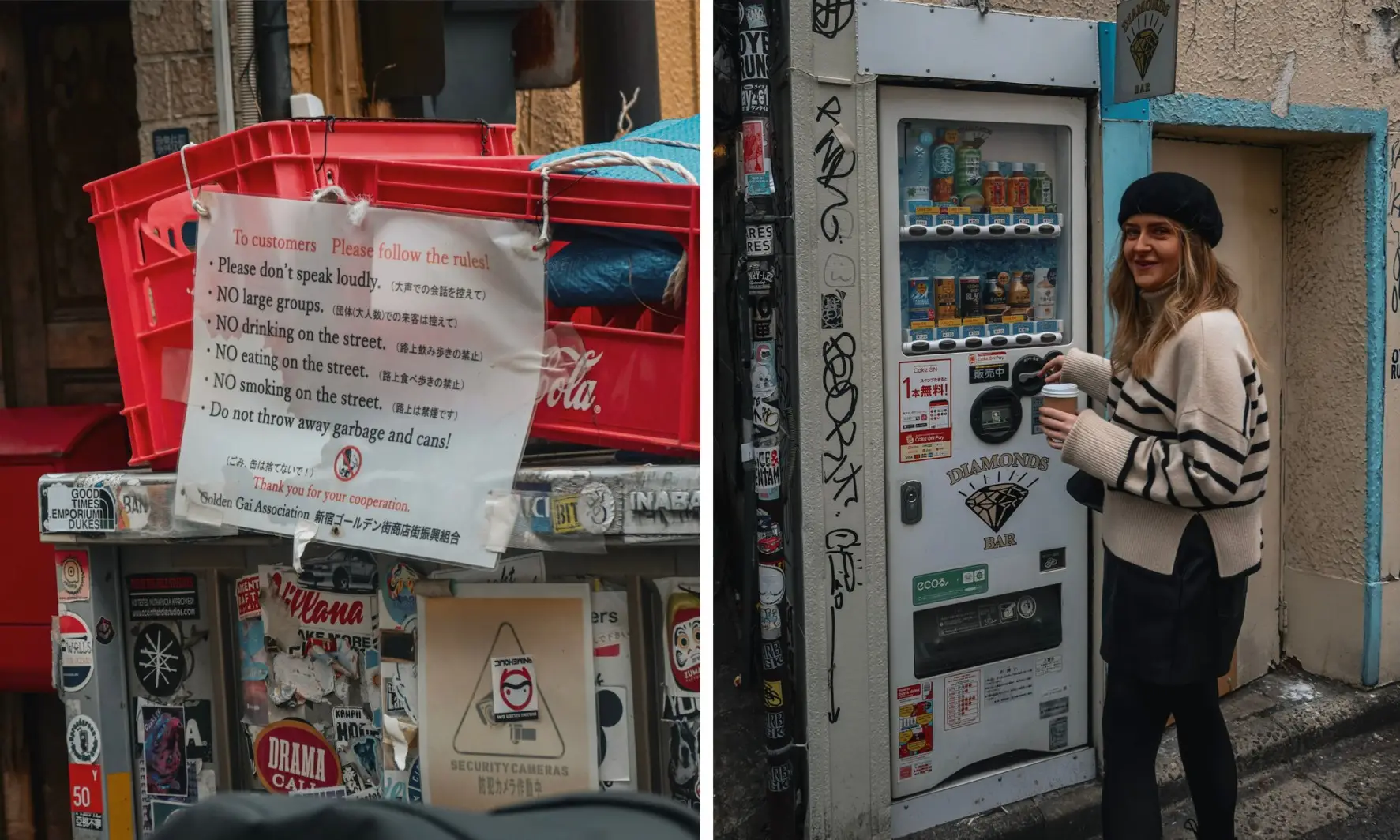
- Hair of the Dogs – Punk Theme
- Deathmatch in Hell – metal bar
- Open Book – book themed
- Kenzo’s Bar – only one long table, a great spot for meeting new people
Although mostly friendly to tourists, a small number have signs stating “no foreigners allowed” or “regulars only.” It’s best to respect this and simply move on to another bar. Many places also have a cover charge of between 300 – 700 yen, which is likely in place to stop any bar hopping.
The bar styles here are so different from what we’re used to in the West. If you’re feeling unsure about navigating the scene, consider joining a bar-hopping tour with a local guide! Either way, this will be one of the most memorable nights on this 3 day Tokyo itinerary.
This group tour takes you to both Omoide Yokocho and Golden Gai. This is an excellent choice for any solo travellers.
Related: Minoh Park | Off The Beaten Path In Osaka
Day 3 – Tsukiji Outer Market, Akihabara, Tokyo Tower
1. Tsukiji Outer Market (2 hours)


Formerly Tokyo’s largest fish market, Tsukiji is the place to visit to try a range of seafood. With over 300 food stalls and restaurants, you’re sure to find something that tickles your tastebuds.
Fresh seafood is the main star here, with everything from sushi and sashimi to king crab, delicate unagi (eel), and even sea urchins. The fish is incredibly fresh, delivered daily by fishermen, making Tsukiji an excellent place to be adventurous with your choices.


Don’t worry if you aren’t a fan of seafood. Tsukiji offers a surprising variety of other options. We enjoyed the most succulent wagyu beef skewers, matcha lattes, juicy steamed king crab legs, and fresh strawberries. We could have easily eaten much more, but we were happily stuffed!
While Tsukiji can be on the expensive side, the experience and vast selection of food make it worthwhile in my opinion. Just be sure to take cash, as not all stalls accept cards.
2. Tokyo Tower (90 mins)
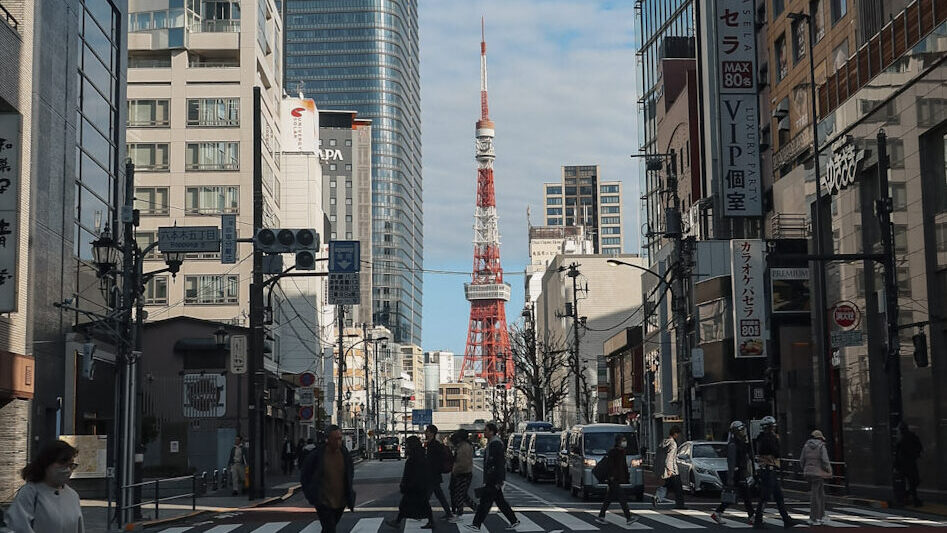
Tokyo’s very own Eiffel Tower, this iconic landmark is one of the oldest tourist attractions in the city. This stunning red and white tower stands at 333 metres, boasting panoramic views of the city.


There are two ticket types available: the main deck (150 metres) and the top deck (250 metres). In all honesty, I don’t think you need to go to the top, the main deck has incredible views along with a few glass platforms to see beneath you.
Book tickets to Tokyo Tower here.
OPTION: TEAM LABS (2 hours )


Next on today’s itinerary is optional, not everyone will enjoy this but it is a popular attraction that is close to Tokyo Tower.
This thought-provoking immersive digital art museum, described by the creators as “a world of artworks without boundaries, a museum without a map,” offers a labyrinth of stunning digital art installations. teamLab Borderless is designed as a boundary-pushing experience, with some artworks even moving between rooms. This adds to the exploratory nature of the museum.
The rooms are incredibly beautiful, some rooms even have different smells and displays can be touched. We were amazed by the creativity of the different rooms. This is unlike any other immersive museum experience, going far beyond simple projections on the wall.
You will need to book your tickets a few days in advance because they tend to sell out. If you buy them on Klook you will receive a minor discount.
3. DAWN Robot Cafe (40 mins)
The concept of Dawn Robot Cafe is inspirational, here the robots are controlled by people who are bedbound due to a disability. It allows them to not only work from home but interact with the public in a meaningful way. I personally think this concept is amazing and would be wonderful if adopted worldwide.
Not only is concept great, but so is the food with the menu featuring sandwiches, cakes and coffee.
4. Akihabara – games and maid cafes


My final suggestion on the 3 day Tokyo itinerary is Akihabara.
Akihabara, also known as “Electric Town,” is the heart of Japanese pop culture and a must-visit for anyone wanting to experience the unique and sometimes wacky side of Japan.
What exactly is there to do here? Start by exploring anime and manga shops, along with stores selling collectables like Pokemon cards. Even if you are not interested in this stuff it is still fun to take a peak into these establishments into a different world. You can also find electronic shops selling rare retro devices.
Arcades such as the GiGO buildings 1 and 3 (formerly the SEGA building) are lots of fun! You can spend hours here on all different types of video games and vending machines.


Alongside the shopping and arcades, Akihabara is home to many maid cafes. Maid cafes are cosplay cafes, where the waitresses dress up as french maids to serve their master or princess (you). The concept was invented to provide company to those who feel isolated (otaku). Now maid cafes attract anyone looking for a unique experience. The food is cute with parfaits and pancakes in the shape of bears. Some maids even do a live musical performance. I guarantee you it will be a cafe visit to remember, its all just a bit of fun!
Maidreamin is a popular maid cafe with live performances and photos.
Related: 2 Day Osaka Itinerary + map
Where To Stay in Tokyo


I wrote a detailed guide on the 8 best neighbourhoods to stay in Tokyo guide here. Because you have just 3 days in Tokyo, you are going to want to spend most of your time exploring rather than stuck on a metro. These 4 neighbourhoods are the most convenient for your 3 days in Tokyo.
- Shibuya: Shibuya is the heart of the city, it is the most touristy area but is very convenient for exploring. It is also a fantastic choice if you want to experience the nightlight. It is modern, exciting and very busy. The cost of accommodation is high, this may not suit budget travellers. Check best hotels here.
- Shinjuku: Shinjuku comes a close second to Shibuya in terms of nightlife, however, it has Golden Gai and Omoide Yokocho which promises to be a memorable night. It is also convenient for short metro journeys. Check best hotels here.
- Asakusa: This laidback neighbourhood is known as ‘old Japan‘ with shrines and old architecture. It is also a popular place for backpackers to stay, making it budget-friendly. Although it doesn’t have the liveliest nightlife in Tokyo, there are many chill local izakayas. Check best hotels here.
- Akasaka: If you are on a budget but still want a lively area, Akasaka is perfect! With 3 metro stations, it is super quick and easy to travel around the city, along with a nice mix of izakayas, western-style bars and restaurants. Check best hotels here.
When is the best time to visit Tokyo?
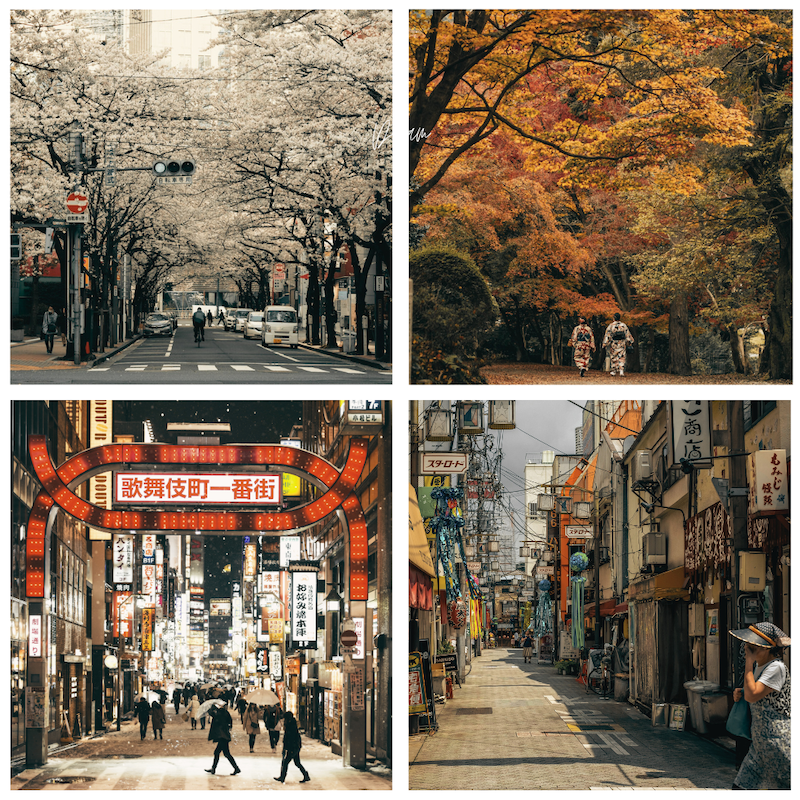
Japan has four different seasons; Spring is covered in cherry blossoms, Summer is hot and humid, Autumn is cool and covered in red, whereas winter is chilly and snowy.
- Spring (March-May): This is probably the most beautiful time to visit due to the pretty cherry blossoms. Many parks are beneath a canopy of pastel pink trees as the petals transform parks and streets. Average temperatures are a comfortable 19°C (66°F), making it ideal for sightseeing. The cherry blossoms are usually out from the end of March to the start of April. In 2024, 3.1 million tourists visited Japan during this period. It is a very busy and expensive time, expect large crowds along with limited and pricier accommodation.
- Autumn (September-November): Once the summer ends, Tokyo’s trees transform into fiery hues of orange and red creating an incredible landscape for exploration, especially for hikes. The weather is also good with average temperatures of 20°C (68°F), making it another comfortable time to visit.
- Winter (December-February): Winter in Tokyo tends to be less harsh compared to other parts of Japan, the temperatures are mild with averages of 10°C (50°F). Sometimes it snows, however this is not a lot, maybe once or twice per year.
- Summer (June-August): Tokyo’s summers are known for being hot and sticky, with temperatures often going beyond 30°C (86°F), this teamed with frequent rain showers and a few storms could result in your sightseeing plans being disrupted. If you do decide to go during this period make sure to prepare a few rainy day activities.
Golden Week (Late April-Mid May): Golden Week is a string of national holidays in late April and early May. Locals tend to take the full week off, travelling domestically, it is one of the busiest times to visit Japan. During this time you should expect larger crowds at tourist attractions, long lines at restaurants, and potentially booked-up transportation.
When is the cheapest time to visit Tokyo?
January to mid-March is the off-peak season. Accommodation will be much cheaper, and crowds will be fewer.
We spent January and February in central Japan and overall found it very pleasant for sightseeing. Temperatures were comfortable, with minimal rain and significantly fewer crowds compared to when we were leaving in mid-March. I would not hesitate to visit during this time again.
Let me know in the comments below if you have ever visited Tokyo 🙂
You Might Also Like
The Ultimate New York For First Timers Itinerary
10 Day Seoul Itinerary + map
Where To Stay In Busan (+ map)
4 Day Taipei Itinerary
Guide To Yongkang Street, Taipei – Asia’s Coolest Street
The Perfect 1 Day In Kyoto Itinerary
Ultimate Naha Okinawa Travel Guide
American Village Okinawa Complete Guide
How to Visit Zamami Island: Complete Guide to Okinawa’s Best Day Trip
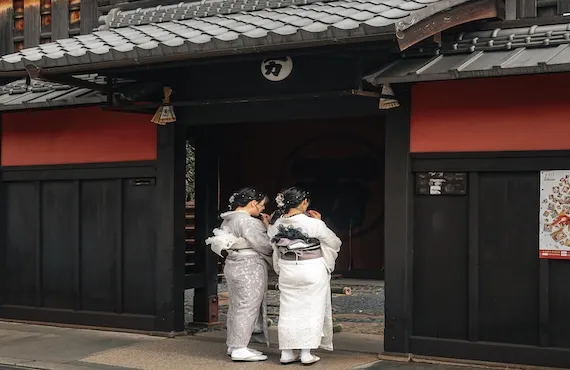
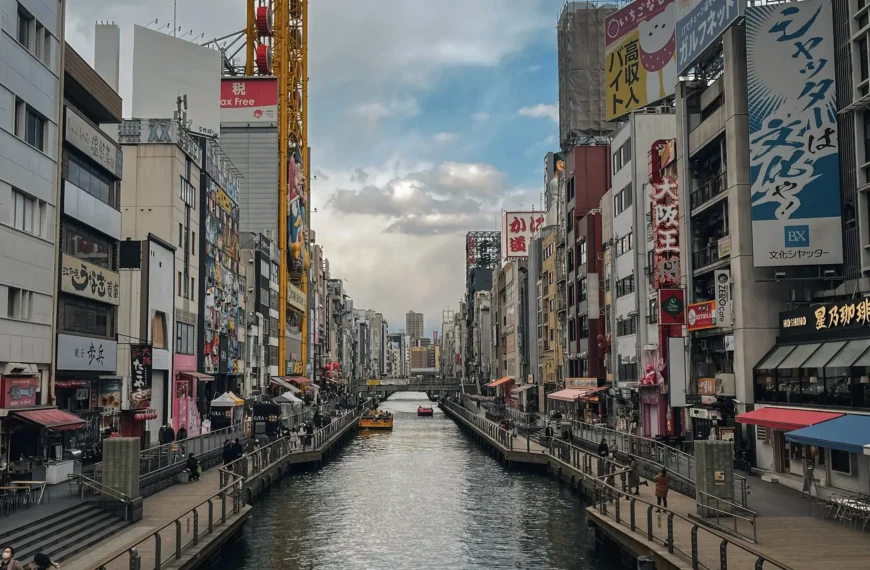
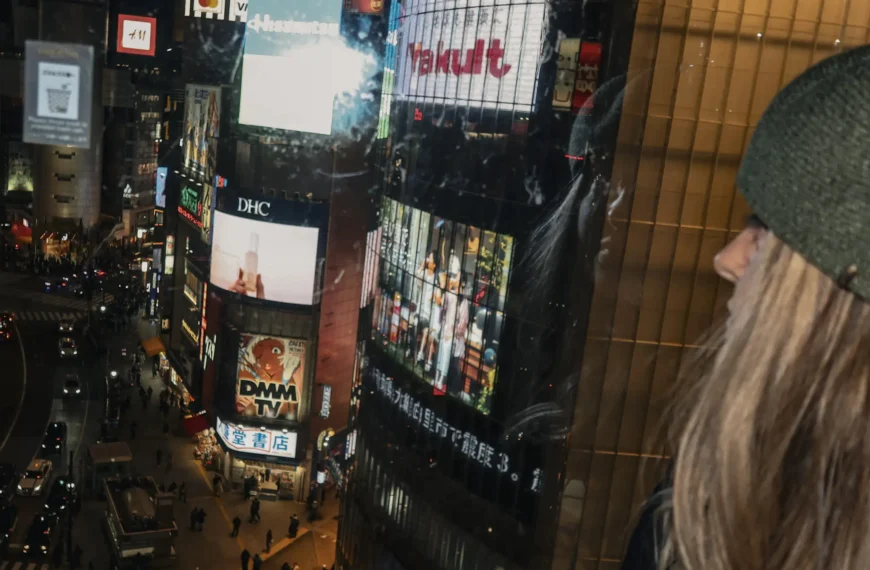
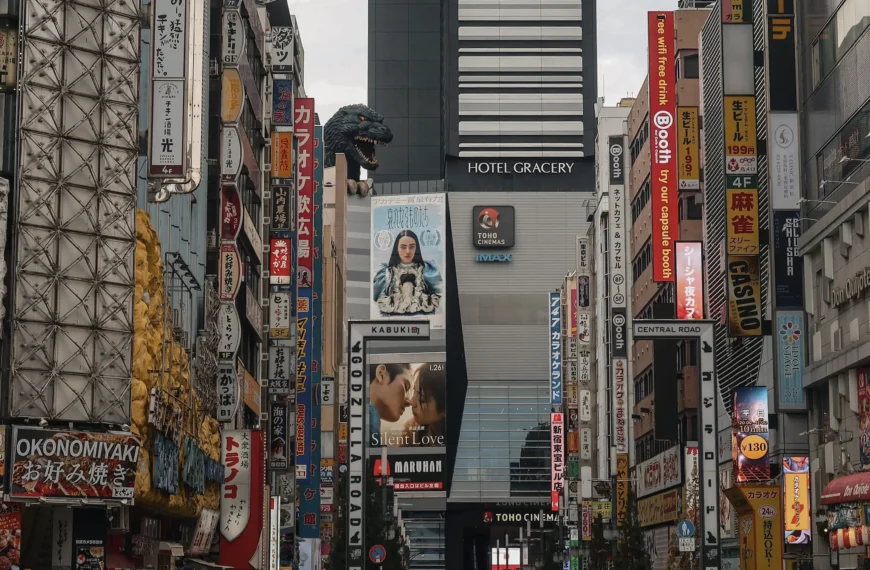
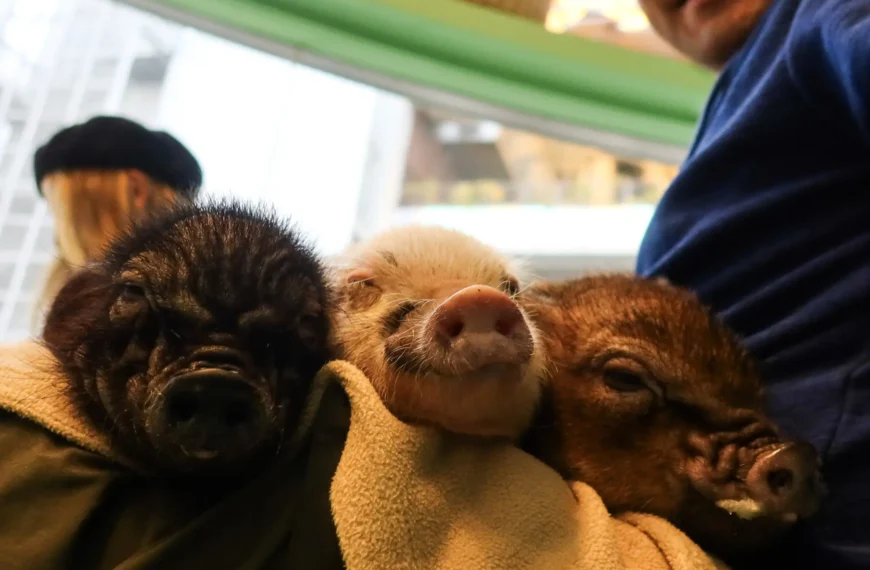
Leave a Reply